Ferritin test meaning. Ferritin Test: Understanding Iron Levels and Their Impact on Health
What is a ferritin test and why is it important. How are ferritin levels measured and what do the results mean. What conditions can affect ferritin levels and how are they treated.
What is Ferritin and Why is it Important?
Ferritin is a blood protein that contains iron. It plays a crucial role in the body’s iron storage system. A ferritin test measures the amount of this protein in your blood, providing valuable insights into your body’s iron reserves.
Why is understanding ferritin levels important? Iron is essential for numerous bodily functions, including:
- Oxygen transport in the blood
- Energy production
- Immune system function
- Brain development and function
Abnormal ferritin levels can indicate various health issues, ranging from anemia to chronic diseases. Therefore, monitoring ferritin levels can be a key factor in maintaining overall health and wellbeing.
The Ferritin Test: Procedure and Preparation
How is a ferritin test conducted? The process is relatively simple and involves the following steps:

- A healthcare professional draws a blood sample from a vein in your arm.
- The sample is sent to a laboratory for analysis.
- Results are typically available within a few days.
Do you need to prepare for a ferritin test? In most cases, no special preparation is required. However, if your doctor plans to use the blood sample for additional tests, you may need to fast for a certain period before the test. Always follow your healthcare provider’s instructions.
Interpreting Ferritin Test Results
Understanding your ferritin test results is crucial for proper diagnosis and treatment. The normal range for blood ferritin varies between men and women:
- For men: 24 to 336 micrograms per liter
- For women: 11 to 307 micrograms per liter
What do abnormal ferritin levels indicate? Low ferritin levels often suggest iron deficiency, which can lead to anemia. On the other hand, high ferritin levels may point to iron overload or various health conditions, including liver disease, rheumatoid arthritis, or certain types of cancer.
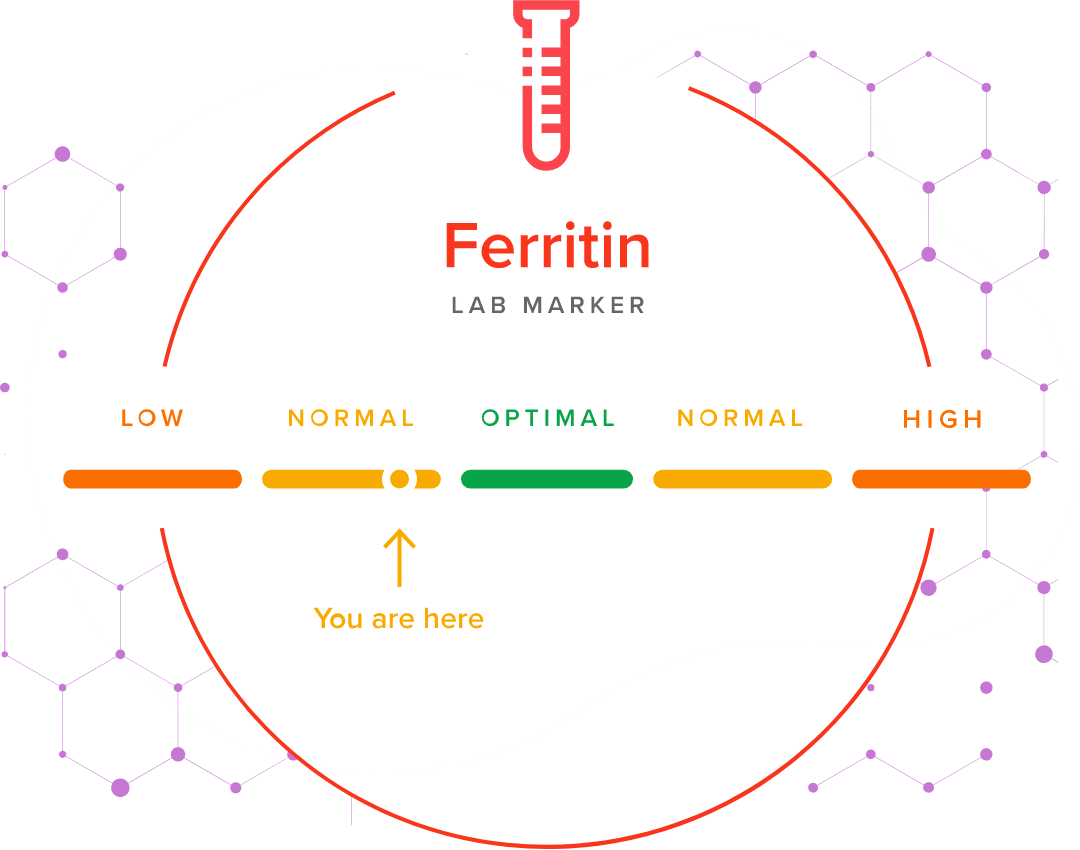
Low Ferritin Levels: Causes and Symptoms
When ferritin levels fall below the normal range, it typically indicates iron deficiency. This condition can arise from various factors:
- Inadequate dietary iron intake
- Poor iron absorption
- Chronic blood loss (e.g., heavy menstrual periods, gastrointestinal bleeding)
- Pregnancy
How does iron deficiency manifest in the body? Common symptoms include:
- Fatigue and weakness
- Pale skin
- Shortness of breath
- Dizziness
- Headaches
- Cold hands and feet
- Unusual cravings for non-food items (a condition called pica)
High Ferritin Levels: Potential Causes and Associated Conditions
Elevated ferritin levels can be indicative of several health issues. Some potential causes include:
- Hemochromatosis: A genetic disorder causing excessive iron absorption
- Liver disease
- Chronic inflammatory conditions (e.g., rheumatoid arthritis)
- Hyperthyroidism
- Certain types of cancer (e.g., leukemia, Hodgkin’s lymphoma)
- Alcohol abuse
- Excessive iron supplementation
It’s important to note that high ferritin levels alone don’t definitively diagnose these conditions. Additional tests and clinical evaluations are often necessary for accurate diagnosis.
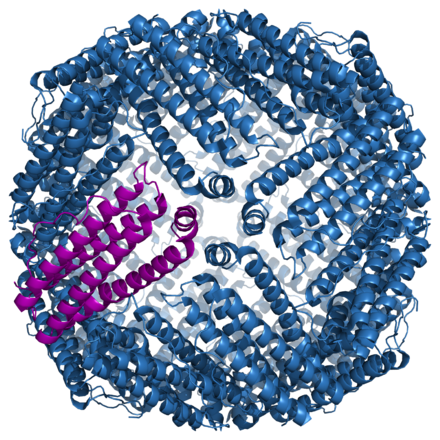
The Impact of Abnormal Ferritin Levels on Health
How do abnormal ferritin levels affect your health? Both low and high ferritin levels can have significant impacts on your overall wellbeing.
Consequences of Low Ferritin Levels
Prolonged iron deficiency can lead to iron deficiency anemia, a condition where the body doesn’t have enough healthy red blood cells to transport oxygen effectively. This can result in:
- Chronic fatigue and weakness
- Impaired cognitive function
- Compromised immune system
- Increased risk of infections
- In severe cases, heart problems
Health Risks Associated with High Ferritin Levels
Excessive iron in the body, as indicated by high ferritin levels, can be equally problematic. Potential consequences include:
- Organ damage (particularly to the liver, heart, and pancreas)
- Increased risk of diabetes
- Joint pain and arthritis
- Skin discoloration
- Reproductive issues
Treatment Options for Abnormal Ferritin Levels
How are abnormal ferritin levels addressed? Treatment strategies vary depending on whether levels are too low or too high.
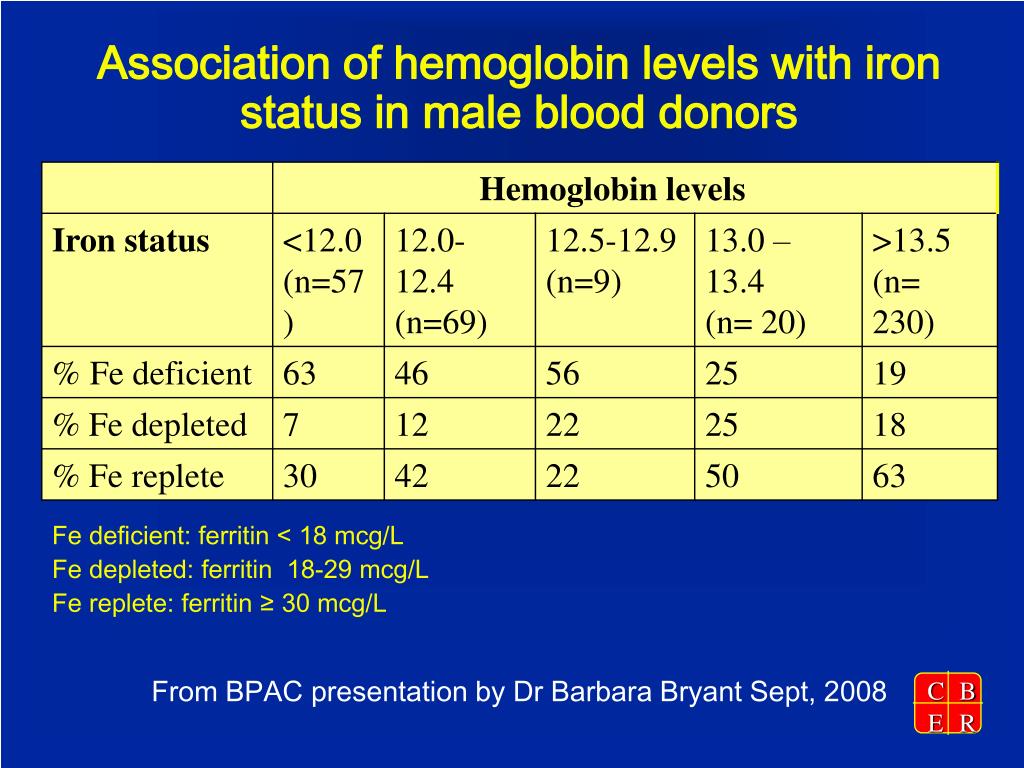
Addressing Low Ferritin Levels
For individuals with low ferritin levels, the primary goal is to replenish iron stores. This can be achieved through:
- Dietary changes: Increasing intake of iron-rich foods such as lean meats, leafy greens, and fortified cereals
- Iron supplementation: Oral iron supplements or, in severe cases, intravenous iron therapy
- Treating underlying causes: Addressing conditions leading to chronic blood loss or malabsorption
Managing High Ferritin Levels
Treatment for high ferritin levels depends on the underlying cause. Some approaches include:
- Phlebotomy: Regular blood removal to reduce iron levels (commonly used in hemochromatosis)
- Chelation therapy: Medications that bind to excess iron and remove it from the body
- Dietary modifications: Limiting iron-rich foods and alcohol consumption
- Treating underlying conditions: Addressing liver disease, inflammatory disorders, or other causative factors
Lifestyle Factors Influencing Ferritin Levels
Can lifestyle choices impact your ferritin levels? Absolutely. Several factors can influence your body’s iron stores:
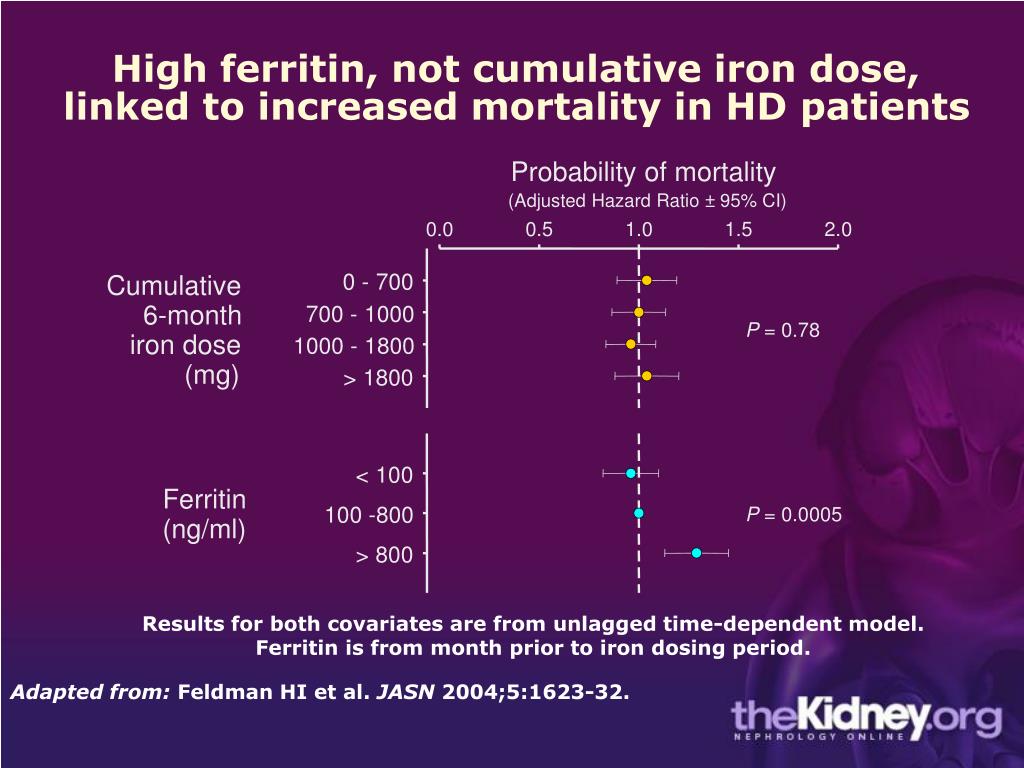
Diet and Nutrition
Your dietary habits play a crucial role in maintaining healthy ferritin levels. Consider the following:
- Iron-rich foods: Incorporate lean meats, fish, beans, and leafy greens into your diet
- Vitamin C: Consume foods high in vitamin C to enhance iron absorption
- Avoid iron inhibitors: Limit consumption of tea, coffee, and calcium-rich foods with iron-rich meals
Exercise and Physical Activity
Regular exercise can influence ferritin levels in several ways:
- Increased iron utilization: Intense exercise may lead to temporary decreases in ferritin
- Improved overall health: Regular moderate exercise can help maintain balanced iron levels
- Caution for athletes: Endurance athletes may be at risk of iron deficiency due to increased iron loss through sweat and gastrointestinal bleeding
Stress Management
Chronic stress can impact iron metabolism and ferritin levels. Implementing stress-reduction techniques such as meditation, yoga, or regular relaxation practices may help maintain healthy ferritin levels.
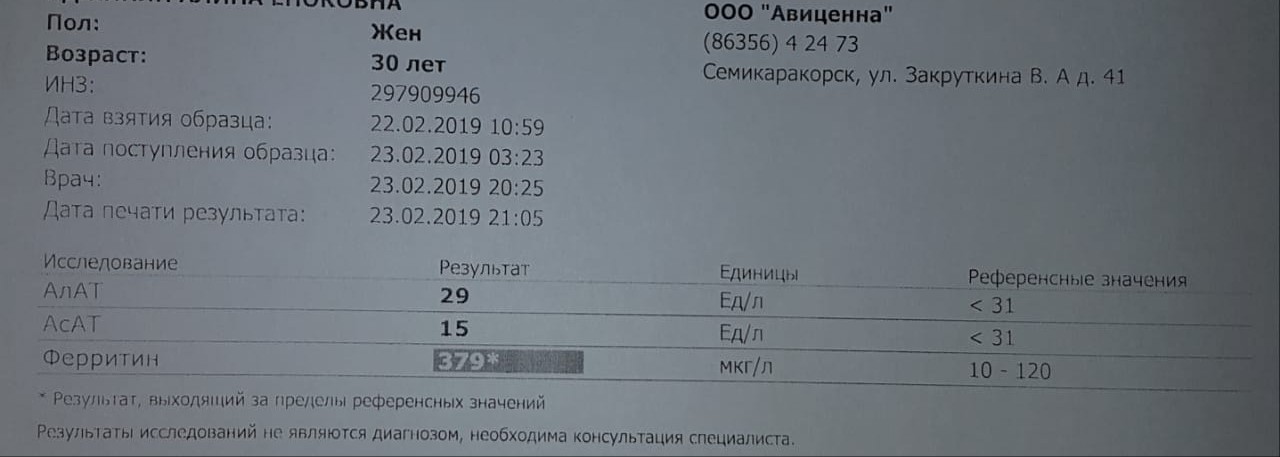
Special Considerations for Ferritin Testing
Are there specific groups who should pay extra attention to their ferritin levels? Indeed, certain populations may require more frequent monitoring or have unique considerations:
Pregnant Women
Pregnancy increases the body’s demand for iron. Regular ferritin testing during pregnancy can help prevent iron deficiency anemia, which can lead to complications for both mother and baby.
Vegetarians and Vegans
Plant-based diets may be lower in iron, particularly the more easily absorbed heme iron found in animal products. Vegetarians and vegans should pay close attention to their iron intake and may benefit from regular ferritin testing.
Athletes
As mentioned earlier, athletes, especially endurance athletes, may be at higher risk of iron deficiency. Regular ferritin testing can help ensure optimal performance and overall health.
Individuals with Chronic Diseases
People with conditions such as celiac disease, inflammatory bowel disease, or chronic kidney disease may have difficulty absorbing or utilizing iron effectively. These individuals often require close monitoring of their ferritin levels.

The Future of Ferritin Testing and Iron Management
What advancements can we expect in ferritin testing and iron management? The field continues to evolve, with several promising developments on the horizon:
Non-Invasive Testing Methods
Researchers are exploring non-invasive ways to measure ferritin and iron levels, such as through saliva or urine tests. These methods could make regular monitoring more convenient and accessible.
Personalized Iron Supplementation
Advances in genetic testing and personalized medicine may lead to more tailored approaches to iron supplementation, considering individual variations in iron absorption and metabolism.
Improved Treatment for Iron Overload
New therapies for conditions like hemochromatosis are being developed, aiming to provide more effective and less invasive treatments for iron overload disorders.
Integration with Digital Health Platforms
The integration of ferritin testing results with digital health platforms and wearable devices could provide individuals with real-time insights into their iron status and overall health.

In conclusion, understanding and monitoring ferritin levels is crucial for maintaining optimal health. Whether you’re dealing with low iron stores or concerned about iron overload, regular ferritin testing can provide valuable insights into your body’s iron status. By working closely with healthcare providers and making informed lifestyle choices, individuals can take proactive steps to manage their ferritin levels and support their overall wellbeing.
Ferritin test – Mayo Clinic
Overview
A ferritin test measures the amount of ferritin in your blood. Ferritin is a blood protein that contains iron. A ferritin test helps your doctor understand how much iron your body stores.
If a ferritin test reveals that your blood ferritin level is lower than normal, it indicates your body’s iron stores are low and you have iron deficiency. As a result, you could be anemic.
If a ferritin test shows higher than normal levels, it could indicate that you have a condition that causes your body to store too much iron. It could also point to liver disease, rheumatoid arthritis, other inflammatory conditions or hyperthyroidism. Some types of cancer also can cause your blood ferritin level to be high.
Products & Services
Show more products from Mayo Clinic
Why it’s done
If your doctor suspects you have too much or too little iron in your body, he or she might suggest a ferritin test. The test can diagnose or suggest:
The test can diagnose or suggest:
- Iron deficiency anemia
- Hemachromatosis — a condition that causes your body to absorb too much iron from the food you eat
- Liver disease
- Adult Still’s disease
Your doctor might also suggest a ferritin test if you’ve been diagnosed with a disorder that results in too much iron in your body, such as hemochromatosis. Your doctor might use a ferritin test to monitor your condition and guide treatment.
How you prepare
If your blood sample is being tested only for ferritin, you can eat and drink normally before the test. If your blood sample will be used for other tests, you might need to fast for a time before the test. Your doctor will instruct you.
What you can expect
During the ferritin test, a member of your health care team takes a sample of blood by inserting a needle into a vein in your arm. The blood sample is sent to a lab for analysis. You can return to your usual activities immediately.
The blood sample is sent to a lab for analysis. You can return to your usual activities immediately.
Results
The normal range for blood ferritin is:
- For men, 24 to 336 micrograms per liter
- For women, 11 to 307 micrograms per liter
Lower than normal results
This indicates that you have iron deficiency. You might also be anemic. If your ferritin level is low, your doctor will work to determine the cause.
Higher than normal results
A higher than normal ferritin level can be seen in several conditions. However, diagnosis of these conditions might require additional testing based on your symptoms and physical examination.
- Hemochromatosis
- Porphyria — A group of disorders caused by an enzyme deficiency that affects your nervous system and skin
- Rheumatoid arthritis or another chronic inflammatory disorder
- Liver disease
- Hyperthyroidism
- Leukemia
- Hodgkin’s lymphoma
- Multiple blood transfusions
- Alcohol abuse
- Taking too many iron supplements
If your ferritin level is above normal, your doctor might need to evaluate the results with those of other tests to determine next steps.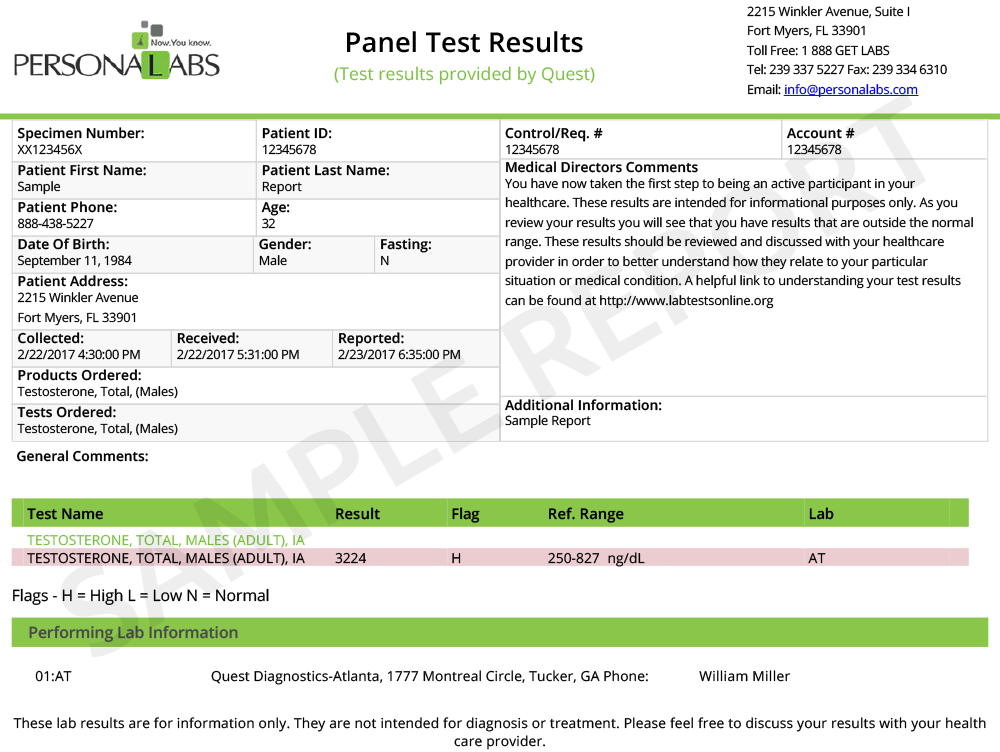
For specifics about what your ferritin test results mean, talk to your doctor.
Nov. 28, 2019
High vs Low Ferritin Levels, Normal Range
What Is a Ferritin Blood Test?
A ferritin test measures the amount of a blood protein called ferritin, which stores iron. Think of your body as a kitchen pantry. Most of it is stocked with food you use every day. But you keep some items in there long-term — an extra box of pasta or can of beans to have on hand when supplies get low.
Your body stores iron the same way. It uses some of the iron it gets from food right away to make oxygen in your blood. But it also keeps some iron on hand for times when you aren’t getting enough from the food you eat.
The iron is stored in a protein called ferritin. To see how much is in your body, your doctor might order a ferritin blood test.
Why Do I Need a Ferritin Blood Test?
Doctors order a ferritin test if other blood tests point to possible anemia, which can lead to a lack of oxygen in your blood.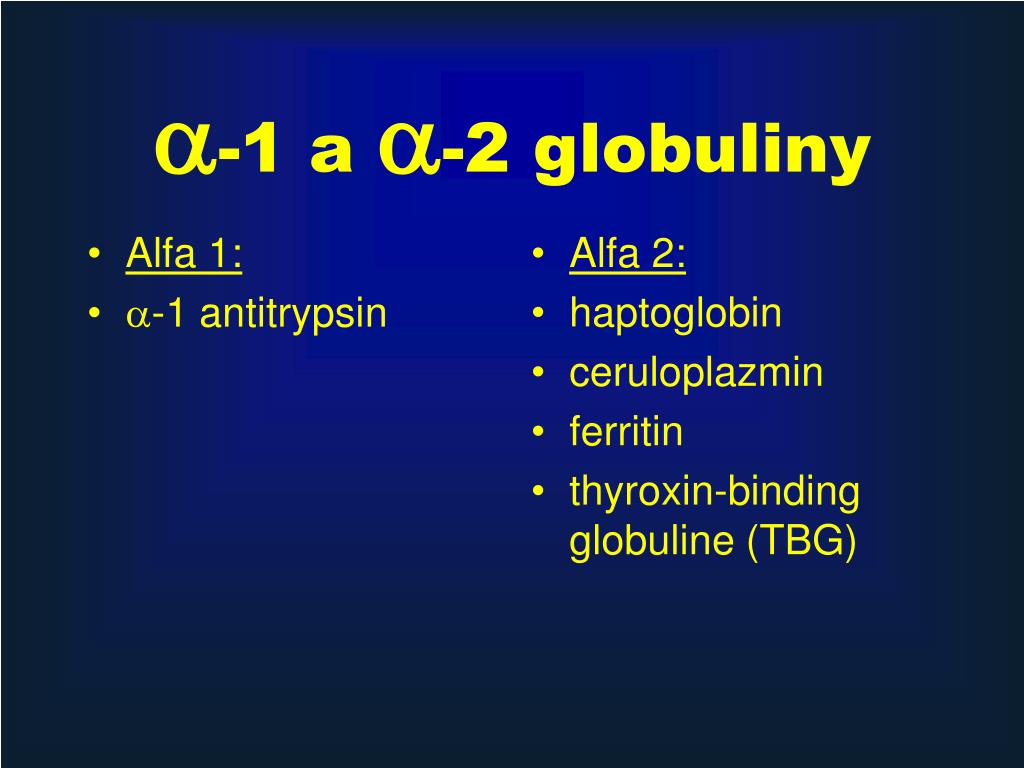 It can show if there is too much or too little iron in your body. Doctors can also use it to diagnose restless legs syndrome and Still’s disease in adults (a rare type of arthritis with fever and rash).
It can show if there is too much or too little iron in your body. Doctors can also use it to diagnose restless legs syndrome and Still’s disease in adults (a rare type of arthritis with fever and rash).
Continued
Low iron could be the cause if you:
- Often feel dizzy, weak, and tired
- Have headaches
- Look pale
- Are short of breath
- Have a rapid heartbeat
You may also have strange cravings for licorice, chalk, dirt, or clay. You may feel a burning sensation on your tongue.
If left unchecked, low levels of iron can cause heart failure (when your heart doesn’t pump blood to your body as well as it should). It can also cause these symptoms:
A ferritin blood test can also help your doctor figure out whether your body is storing too much iron. High levels may point to alcohol abuse, infection, liver disease, rheumatoid arthritis, overactive thyroid, or some types of cancer.
Symptoms of high iron levels vary and can include:
How Do I Prepare for a Ferritin Blood Test?
If ferritin is the only test you’re having, you can eat and drink as usual. You may need to fast for other blood tests. Always check with your doctor beforehand.
You may need to fast for other blood tests. Always check with your doctor beforehand.
Think about wearing a shirt with short sleeves so the lab technician can get to your arm easily.
How Is a Ferritin Blood Test Performed?
A ferritin test should only take a few minutes. Remember to look away if the sight of blood or a needle makes you dizzy or nauseated.
After cleaning the skin around it, a technician will insert a needle into a vein in your arm. They may wrap an elastic band around the upper part of your arm to make the vein easier to find. Once they’ve collected the right amount of blood, the technician will remove the band and needle and stop the bleeding with a cotton ball or bandage. They’ll label the blood and send it to a lab.
Ferritin Blood Test Risks
Like other routine blood tests, the ferritin test is considered safe. You may feel the following:
- Faint or lightheaded
- A lump or bruise under the skin
- Slight pain where the needle went in
Ferritin Blood Test Results
Normal ferritin levels range from:
- 24 to 336 micrograms per liter for men
- 11 to 307 micrograms per liter for women
Causes of Low Ferritin Blood Levels
If your results are lower than normal, you might have iron deficiency and possibly anemia.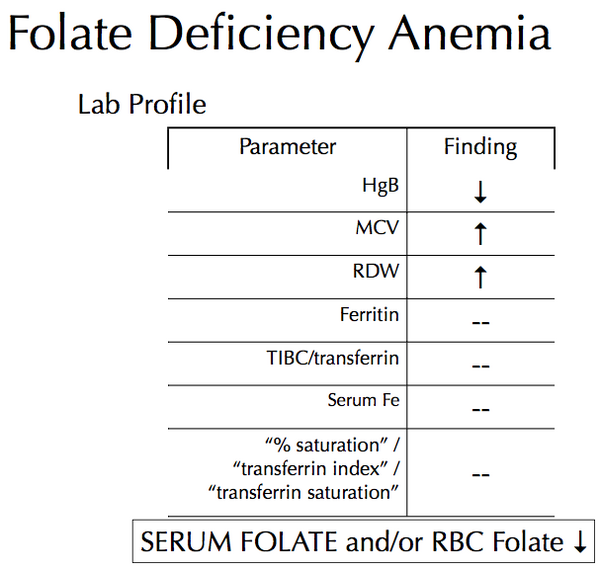 Your doctor may prescribe iron supplements or order more blood tests to figure out the cause.
Your doctor may prescribe iron supplements or order more blood tests to figure out the cause.
Causes of High Ferritin Blood Levels
Higher than normal results mean your body is storing too much iron. Your doctor may adjust your diet or supplements. Since high iron is a symptom of other medical issues, you may have more tests to pinpoint the cause, such as:
Ferritin – Understand the Test
Sources Used in Current Review
Devkota, B. (2014 January 16 Updated). Ferritin. Medscape Drugs and Diseases Available online at http://emedicine.medscape.com/article/2085454-overview. Accessed on March 2018.
(© 1995– 2018). Ferritin, Serum. Mayo Clinic. Mayo Medical Laboratories. Available online at http://www.mayomedicallaboratories.com/test-catalog/Clinical+and+Interpretive/88153. Accessed on March 2018.
Duchini, A. et al (2017 April 4 Updated). Hemochromatosis. Medscape Drugs and Diseases. Available online at http://emedicine.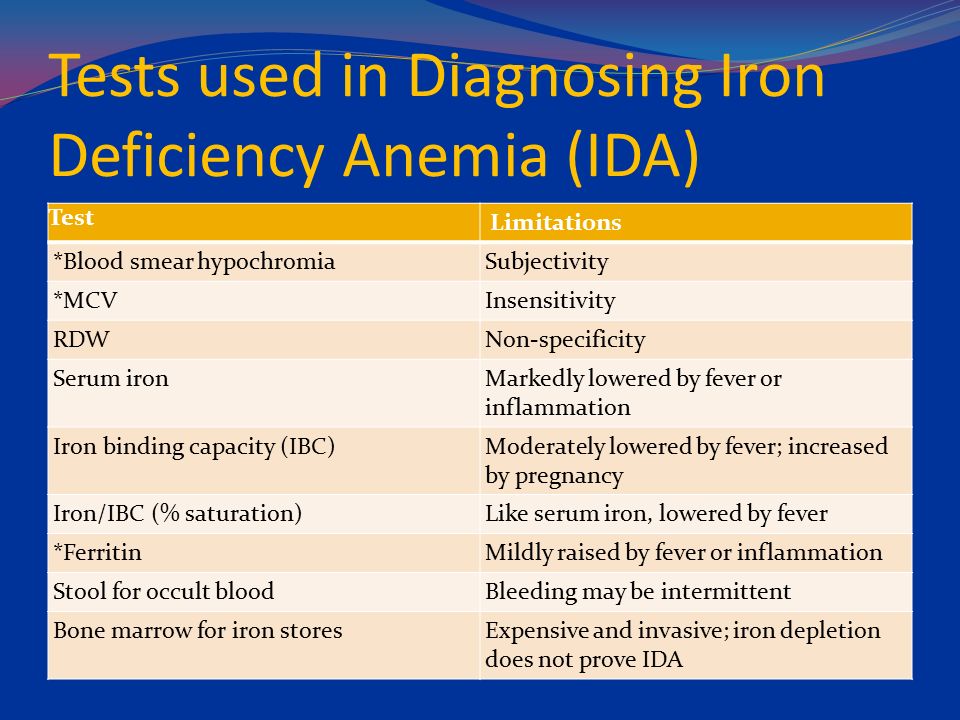 medscape.com/article/177216-overview. Accessed on March 2018.
medscape.com/article/177216-overview. Accessed on March 2018.
Genzen, J. and Straseski, J. (2016 May Updated). Anemia. ARUP Consult. Available online at https://arupconsult.com/content/anemia. Accessed on March 2018.
Nanda, R. (2015 February 13 Updated). Iron Deficiency Anemia. MedlinePlus Medical Encyclopedia Available online at https://www.nlm.nih.gov/medlineplus/ency/article/000584.htm. Accessed on March 2018.
Tietz Textbook of Clinical Chemistry and Molecular Diagnostics. Nader Rifai. 6th edition, Elsevier Health Sciences; 2017. Pg. 742.
Wintrobe’s Clinical Hematology. 12th ed. Greer J, Foerster J, Rodgers G, Paraskevas F, Glader B, Arber D, Means R, eds. Philadelphia, PA: Lippincott Williams & Wilkins: 2009. Pg. 818.
Sources Used in Previous Reviews
Corbett, JV. Laboratory Tests & Diagnostic Procedures with Nursing Diagnoses, 4th ed. Stamford, Conn.: Appleton & Lang, 1996. Pp. 34-35, 41-43.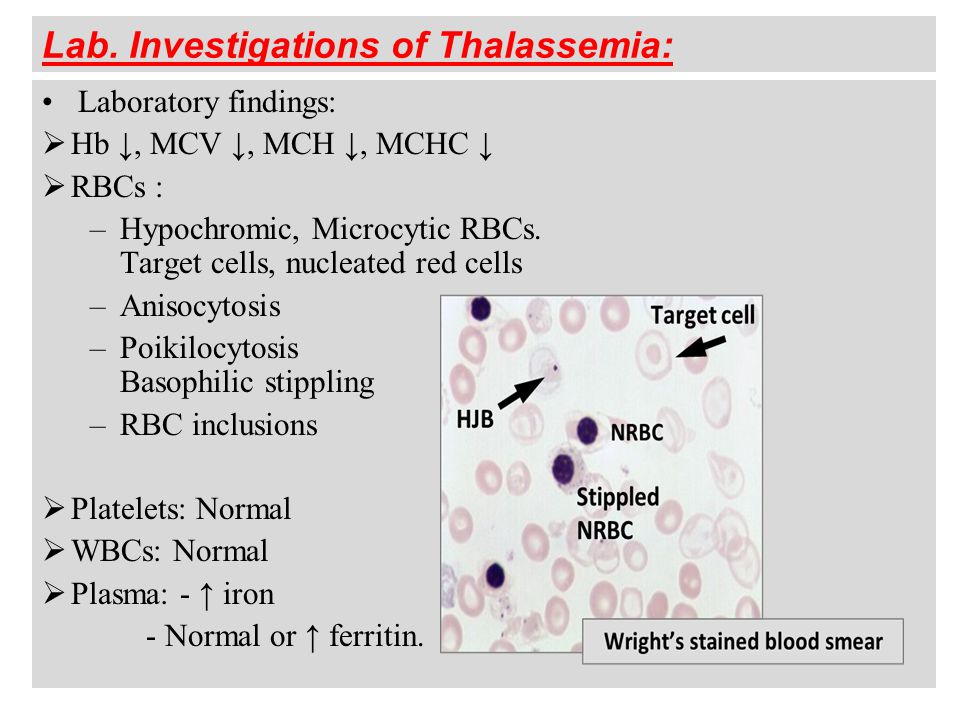
Frey, Rebecca J. Iron Tests. Chapter in: Gale Encyclopedia of Medicine, Edition One, 1999 Gale Research Group, Pg. 1648.
Witte DL, Crosby WH, Edwards CQ, Fairbanks VG, Mitros FA: Practice guideline development task force of the College of American Pathologists.
Boston University Medical Center: Community Outreach Health Information System. Available online at http://www.bu.edu/cohis/cardvasc/blood/anemia.htm#prevent.
Lyon, Elaine and Frank, Elizabeth L. Hereditary Hemochromatosis Since Discovery of the HFE Gene. Clinical Chemistry 47:1147-1156 (Jul 2001).
Pagana, K. D. & Pagana, T. J. (© 2007). Mosby’s Diagnostic and Laboratory Test Reference 8th Edition: Mosby, Inc., Saint Louis, MO. Pp 434-435.
Wu, A. (© 2006). Tietz Clinical Guide to Laboratory Tests, 4th Edition: Saunders Elsevier, St. Louis, MO. Pp 392-393.
Gersten, T. (Updated 2009 January 12). Ferritin. MedlinePlus Medical Encyclopedia [On-line information]. Available online at http://www. nlm.nih.gov/medlineplus/ency/article/003490.htm. Accessed June 2009.
nlm.nih.gov/medlineplus/ency/article/003490.htm. Accessed June 2009.
(Modified 2009 March 13). About Iron. Iron Disorders Institute [On-line information]. Available online at http://www.irondisorders.org/Disorders/about.asp. Accessed June 2009.
(Updated 2007 August 24). Dietary Supplement Fact Sheet: Iron. NIH Office of Dietary Supplements [On-line information]. Available online at http://ods.od.nih.gov/factsheets/iron.asp. Accessed June 2009.
Rathz, D. et. al. (Updated 2009 February 02). Toxicity, Iron. eMedicine [On-line information]. Available online at http://emedicine.medscape.com/article/166933-overview.
Chen, Y. (Updated 2009 April 05). Iron Deficiency Anemia. MedlinePlus Medical Encyclopedia [On-line information]. Available online at http://www.nlm.nih.gov/medlineplus/ency/article/000584.htm. Accessed June 2009.
Henry’s Clinical Diagnosis and Management by Laboratory Methods. 21st ed. McPherson RA and Pincus MR, eds. Philadelphia: 2007, Pg 506.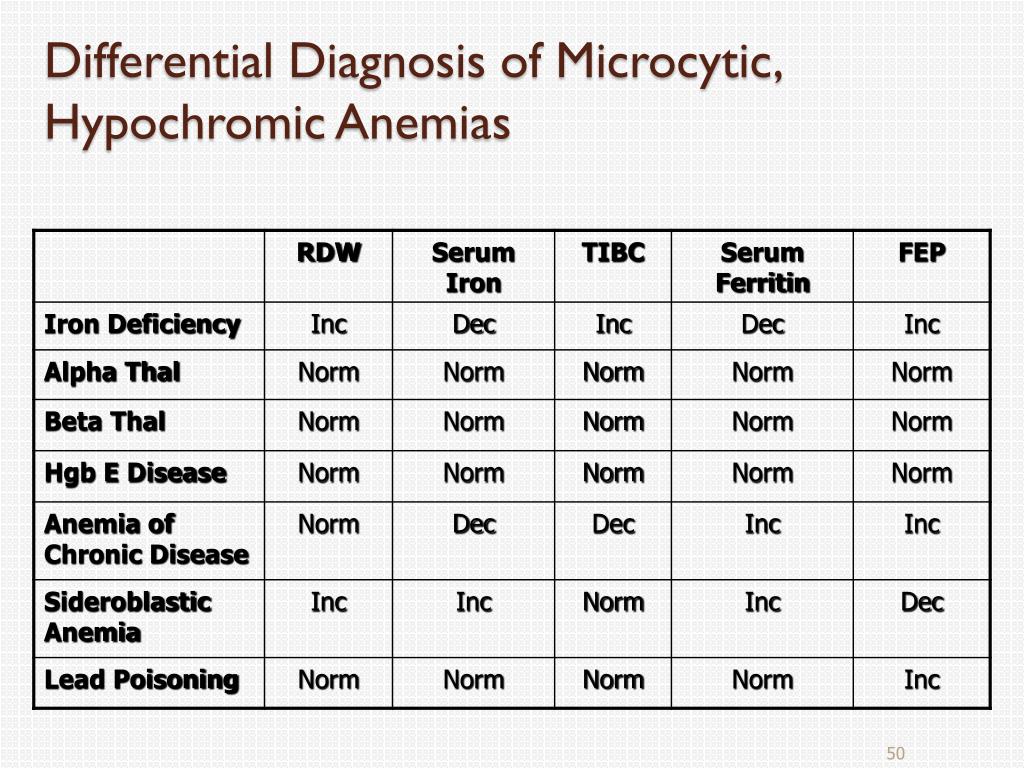
Devkota, B. (Updated 2012 May 21). Ferritin. Medscape Reference [On-line information]. Available online at http://emedicine.medscape.com/article/2085454-overview. Accessed May 2013.
Gersten, T. (Updated 2012 February 8). Ferritin. MedlinePlus Medical Encyclopedia [On-line information]. Available online at http://www.nlm.nih.gov/medlineplus/ency/article/003490.htm. Accessed May 2013.
(© 1995–2013). Ferritin, Serum. Mayo Clinic Mayo Medical Laboratories [On-line information]. Available online at http://www.mayomedicallaboratories.com/test-catalog/Overview/8689. Accessed May 2013.
(Update 2013 March). Hemochromatosis. ARUP Consult [On-line information]. Available online at http://www.arupconsult.com/Topics/Hemochromatosis.html?client_ID=LTD#tabs=6. Accessed April 2013.
Hämäläinen, P. et. al. (2012). Erythropoietin, Ferritin, Haptoglobin, Hemoglobin and Transferrin Receptor in Metabolic Syndrome, A Case Control Study. Medscape Reference Cardiovasc Diabetol. 2012;11(116) [On-line information]. Available online at http://www.medscape.com/viewarticle/774074. Accessed May 2013.
2012;11(116) [On-line information]. Available online at http://www.medscape.com/viewarticle/774074. Accessed May 2013.
Lichtin, A. (Revised 2008 June). Iron Deficiency Anemia (Anemia of Chronic Blood Loss; Chlorosis). Merck Manual for Healthcare Professionals [On-line information]. Available online through http://www.merckmanuals.com. Accessed May 2013.
Pagana, K. D. & Pagana, T. J. (© 2011). Mosby’s Diagnostic and Laboratory Test Reference 10th Edition: Mosby, Inc., Saint Louis, MO. Pp 443-444.
Clarke, W., Editor (© 2011). Contemporary Practice in Clinical Chemistry 2nd Edition: AACC Press, Washington, DC. Pg 536.
McPherson, R. and Pincus, M. (© 2011). Henry’s Clinical Diagnosis and Management by Laboratory Methods 22nd Edition: Elsevier Saunders, Philadelphia, PA. Pg 560.
Definition, normal ranges, and treatment
Ferritin is a protein in blood cells that stores iron. A doctor may order a ferritin blood test, sometimes alongside other tests, to check a person’s iron levels.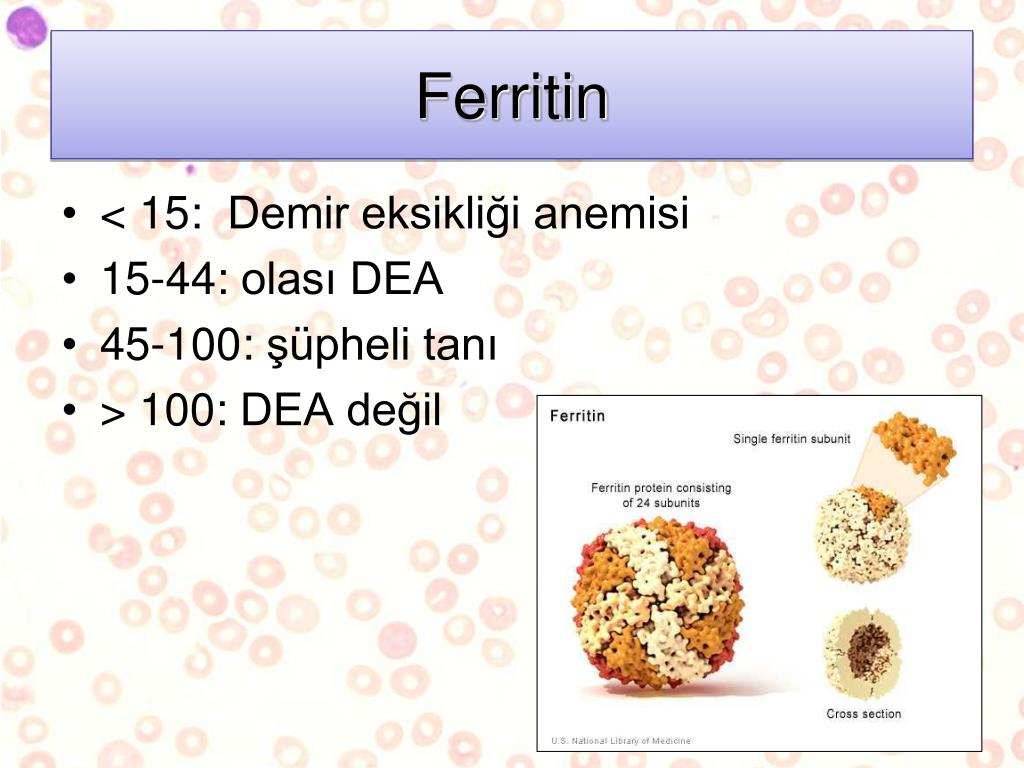
In this article, we discuss the ferritin blood test procedure and how to interpret the results.
We also explain how people can raise or lower their blood ferritin levels.
Share on PinterestA ferritin blood test can help a doctor diagnose conditions related to high or low iron levels.
Doctors use ferritin blood tests to check the levels of iron in a person’s blood and help diagnose many health conditions. These conditions include:
- iron-deficiency anemia, or a low red blood cell count
- hemochromatosis, a condition wherein there is too much iron in the body
- restless legs syndrome
People who have one of these conditions may require regular ferritin blood tests to monitor their health.
A doctor may also order other blood tests to discover more about a person’s iron stores. They may test for:
- blood iron levels
- hemoglobin levels, to check red blood cell numbers
- the HFE gene, which indicates hemochromatosis
- total iron binding capacity, which measures levels of transferrin, a protein that carries ferritin around the body
After a doctor takes the blood sample, they will send it to a laboratory for testing. Once the laboratory technicians analyze the blood, they will typically send the results back within a few days of the test.
Once the laboratory technicians analyze the blood, they will typically send the results back within a few days of the test.
Ferritin blood test results may come back as normal, low, or high. The following sections discuss what these results mean.
Normal ferritin levels
Results will be given in nanograms per milliliter (ng/mL) of blood and can vary slightly from one laboratory to another.
According to some sources, the normal ranges for ferritin in the blood are as follows:
| Group | ng/mL |
| Adult males | 20–250 |
| Adult females | 10–120 |
| Females over 40 | 12–263 |
| Newborns | 25–200 |
| Infants aged 1 month | 200–600 |
| Infants aged 2–5 months | 50–200 |
| Children aged 6 months to 15 years | 7–140 |
Other sources provide slightly different levels, with some research from 2008 suggesting that some laboratories consider ferritin levels over 200 ng/mL in women and 300 ng/mL in men to be abnormal.
It is important that people confirm normal levels with their doctor or the laboratory that tested them.
Low ferritin levels
A result of low ferritin is strong evidence of an iron deficiency. The body requires iron to make hemoglobin, which is a protein in red blood cells that transfers oxygen from the lungs around the body.
Without enough iron, a person may develop anemia.
Iron is also necessary for:
- growth and development
- normal metabolism
- the production of hormones
Iron-deficiency anemia can cause the following:
- dizziness
- fatigue
- headache
- irregular heartbeat
- pale skin
- shortness of breath
- weakness
Mild anemia may not produce any symptoms.
High ferritin levels
Higher-than-normal ferritin levels may result from:
- hemochromatosis
- chronic inflammatory conditions, such as rheumatoid arthritis
- heavy alcohol use
- Hodgkin lymphoma, a cancer that affects the lymphatic system
- hyperthyroidism, wherein the thyroid gland produces too much thyroid hormone
- leukemia, a cancer of the bone marrow
- liver disease
- porphyria, a group of disorders that affects the skin and nervous system
People who have had several blood transfusions may also display high ferritin levels.
A result of above-normal ferritin levels will require further testing to discover the underlying cause and help doctors determine the best course of treatment.
Doctors treat low ferritin levels with oral iron supplements. For severe cases of anemia, a person may require treatment with intravenous iron.
For the best results, people should take oral iron supplements with a source of vitamin C to increase iron absorption. They should avoid antacids, calcium supplements, and tea or coffee within 2 hours of an iron supplement.
Typically, people will require follow-up blood tests to check that their ferritin levels and iron levels have returned to normal.
If ferritin and blood iron levels do not return to normal following iron supplementation, a doctor may carry out additional testing to determine the cause of the deficiency and treat it accordingly.
Potential causes of an iron deficiency include:
The treatment for high ferritin levels depends on the underlying cause.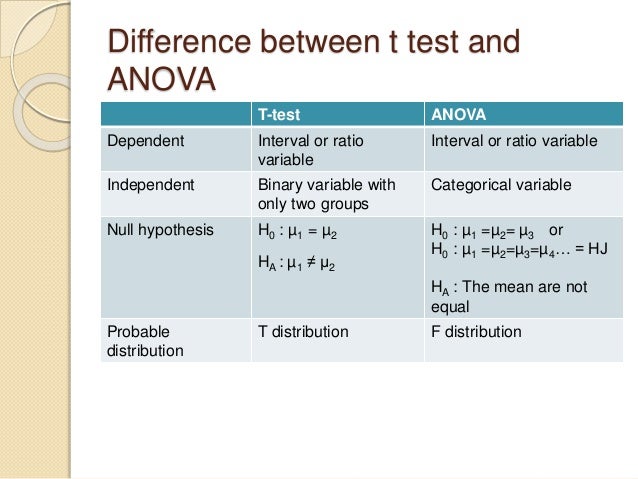
For hereditary hemochromatosis, doctors typically recommend a person have their blood removed from their body, in a process called phlebotomy, on a regular basis.
The amount of blood that the doctor removes, and how frequently they remove it, will vary depending on a person’s age, health, and ferritin levels. At first, the person may require the removal of around 500 ml of blood weekly until their ferritin levels return to normal.
These people will need treatment on an ongoing basis to maintain normal blood ferritin levels.
Those with other conditions causing high ferritin levels may require additional treatments, such as medications or procedures, depending on the cause.
A ferritin blood test follows a similar procedure to other types of blood test.
Typically, a medical professional will begin by cleaning the skin around the puncture site using an alcohol-based solution. Usually, they will take the blood from a vein on the inside of the elbow.
They may first wrap an elastic band around the upper arm to make the vein more prominent. They will then insert the needle, which is connected to a vacuum collection device, into the vein. People may feel a slight pinch as the needle enters the skin.
They will then insert the needle, which is connected to a vacuum collection device, into the vein. People may feel a slight pinch as the needle enters the skin.
Once they have collected the blood, the doctor will withdraw the needle and remove the elastic band if one is present.
They will sometimes use some cotton wool or a bandage to stop any bleeding, before labeling the blood sample and sending it to a laboratory to be analyzed.
The blood collection process only takes a few minutes. It is unlikely for a person to experience side effects, and when they do occur, they are typically mild. For example, some people may experience:
- dizziness or nausea at the sight of the blood
- mild bruising in the hours or days after the test
People may wish to let the doctor know before the test if they are feeling anxious or uncomfortable.
People do not usually need to make any special preparations for a ferritin blood test. However, if a person is also having other blood tests, they may need to fast for a certain period of time beforehand.
Individuals should confirm these details with their doctor in the days leading up to the blood test.
A ferritin blood test is a simple blood test to measure the levels of ferritin in a person’s body. It is a very safe procedure that does not usually require any special preparations.
Abnormal results may indicate an underlying issue, such as iron deficiency, hemochromatosis, or some types of cancer. Further testing is typically necessary to confirm a diagnosis and help formulate a treatment plan.
If people are confused about the results of their ferritin blood test, they should follow up with their doctor, who can explain the results and their implications.
Ferritin Blood Test
Overview
What is a ferritin test?
A ferritin test measures blood levels of ferritin, a protein that stores iron inside your cells. This test is an indirect way to measure iron levels in your blood.
This test is an indirect way to measure iron levels in your blood.
Why would a doctor order a ferritin test?
A ferritin test is performed if your doctor suspects your iron levels are abnormal. Iron is essential to your body’s normal functioning.
Your body uses iron in metabolic processes (processes that help your body make and use energy). These processes include:
- Deoxyribonucleic acid (DNA) synthesis (creating material for new cells in your body)
- Carrying oxygen in your red blood cells, from your lungs to your body tissues
- Electron transport within cells (helping cells manage energy)
What symptoms might lead to ferritin testing?
Your doctor is likely to recommend this test if you have symptoms of iron deficiency anemia (low blood iron levels) or even too much iron. Symptoms of having too little iron include:
Symptoms of having too much iron include:
- Painful joints
- Heart issues
- Weight loss
- Pain in the stomach area
- Body hair loss
- Lack of sex drive
- Tiredness or loss of energy
Test Details
How is a ferritin test performed?
Your doctor will take a blood sample to perform a ferritin test. Before the test, your doctor may advise you to avoid eating or drinking for up to 12 hours. You might be told to have the test done in the morning.
Before the test, your doctor may advise you to avoid eating or drinking for up to 12 hours. You might be told to have the test done in the morning.
To obtain a blood sample:
- A healthcare provider cleanses the skin where the blood draw will take place.
- The provider gently inserts a needle through your skin and into a vein to obtain a blood sample. This process may cause slight discomfort. You may feel a brief pinch or sting at the needle insertion site.
- After your blood sample is obtained, the provider withdraws the needle from your skin and places a clean bandage over the needle insertion site.
- You may have slight bruising or tenderness in the area for a few days after giving a blood sample.
Results and Follow-Up
What should I expect after the ferritin test?
The spot where your blood was drawn usually heals quickly. It will vanish in about a day. Your doctor will discuss your test results with you, usually within a few days.
It will vanish in about a day. Your doctor will discuss your test results with you, usually within a few days.
What happens if my results are abnormal?
Your doctor will discuss your results with you. He or she may recommend further testing or treatment options. It should be noted that ferritin levels can be high in cases of infection or inflammation, even when the iron stored in your body has not changed. Low ferritin test results may indicate:
- Anemia (inadequate red blood cells)
- Blood loss (usually from the gastrointestinal tract)
- That your body does not absorb iron properly
Ferritin test results may be high due to certain medical conditions and not necessarily from too much iron. But high ferritin levels can indicate a need for further testing to rule out:
- Hemochromatosis, a disorder in the way the body deposits iron in body tissues
- Chronic diseases, including diabetes and liver problems
- Certain types of cancers, such as blood cancers (leukemia or lymphoma)
- Damage to the spleen, bone marrow, or liver
What is the difference between ferritin and iron?
Back To Blog >>
What Is Ferritin?
Ferritin is a blood protein and is the main storage protein for iron, alongside hemosiderin.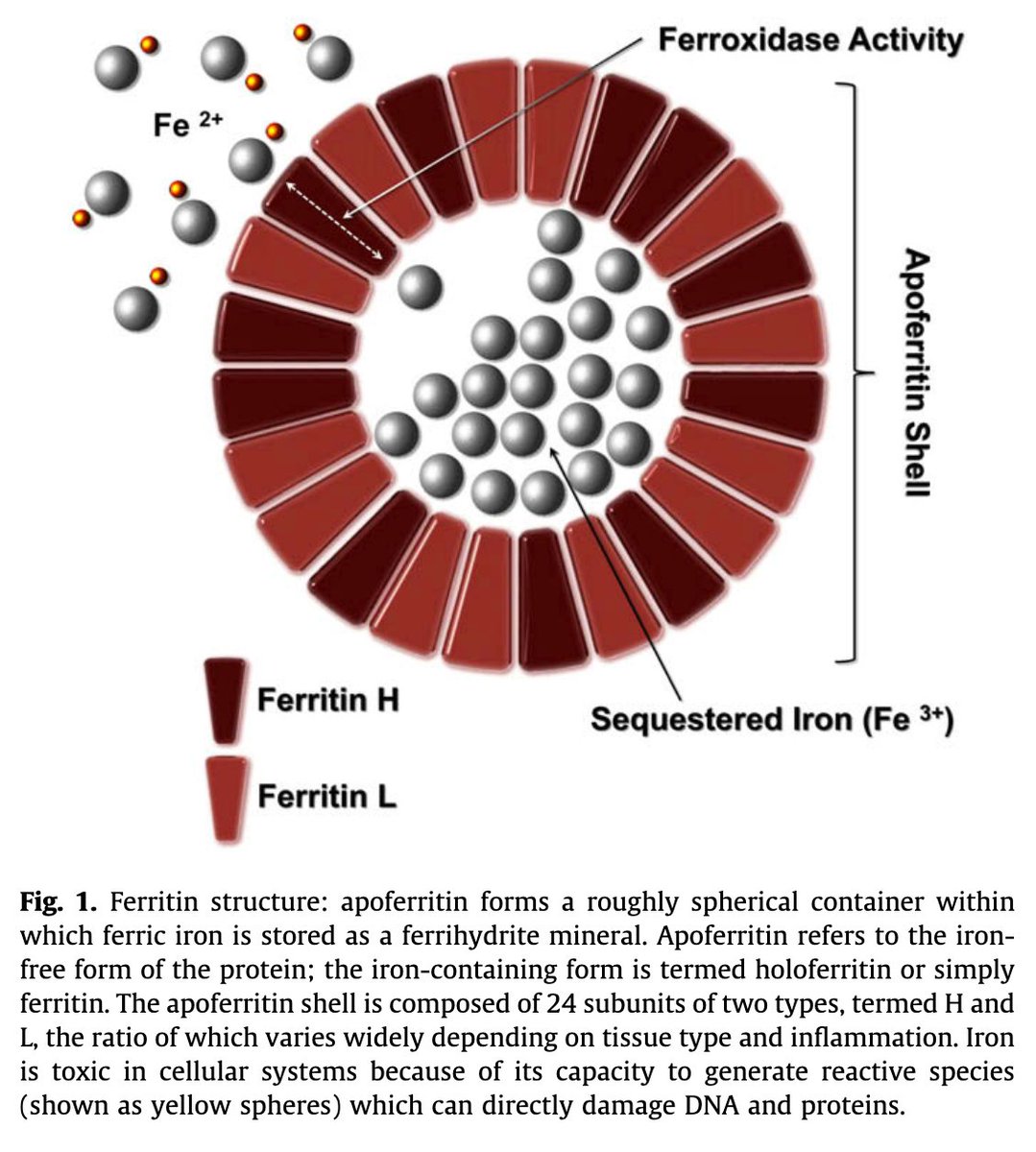 Ferritin is a good indicator of how much iron is stored within your body. A ferritin blood test can identify if ferritin levels are low, which could be a sign of iron deficiency anaemia.
Ferritin is a good indicator of how much iron is stored within your body. A ferritin blood test can identify if ferritin levels are low, which could be a sign of iron deficiency anaemia.
Approximately one-quarter of the total iron in the body is stored as ferritin. Ferritin has a vital function in the absorption, storage and release of iron. Most ferritin is found in the liver but it can also be present in the spleen, bone marrow and the muscles.
Learn more about ferritin.
Ferritin Is The Best Indicator Of Iron Deficiency
Ferritin is therefore the best indicator of iron deficiency. By assessing the levels of ferritin in the body, you can clearly identify whether you might be iron deficient or even have levels that are raised. If a ferritin test comes back showing a risk of iron deficiency, further tests may be suggested by a medical professional, including a test for iron itself.
What Are Normal Ferritin Levels?
Normal ferritin levels are between 13 and 150 µg/L, although this can change depending to the laboratory testing the sample. The average result of customers who have used Forth to test their ferritin levels is 72.93ug/L with 36% of people falling into the lower quarter of the normal range or below.
The average result of customers who have used Forth to test their ferritin levels is 72.93ug/L with 36% of people falling into the lower quarter of the normal range or below.
It is important to note that ferritin levels can be raised in certain conditions, including:
- Inflammation
- Liver disease
- Malignancy
- Iron supplement therapy
- Significant tissue destruction
In these instances, the increased ferritin levels are not a reflection of the body’s iron stores.
Reference Ranges For Ferritin
| Amount (µg/L) | |
|---|---|
| Low | <12 |
| Borderline low | 12-13 |
| Normal | 13-150 |
| Borderline high | 150-154 |
| High | >154 |
Source: Forth Life laboratory reference range. Note reference ranges do change depending on laboratory conducting the analysis.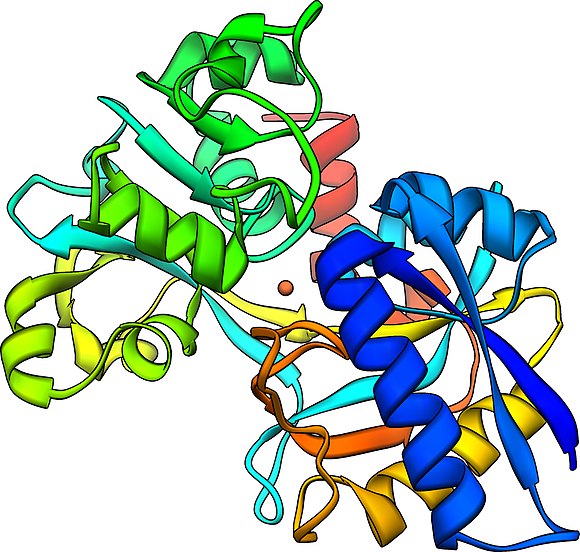
Low Ferritin Levels – Symptoms
If you have low ferritin levels, you may experience symptoms including:
- Pale skin
- Fatigue
- Very low energy levels
- Headaches
- Difficulty breathing
- Dry skin and hair
- Restless leg syndrome
- Increased heartbeat
Iron deficiency usually occurs because of increased requirements or pressure on the body. For example:
- High-performance sport
- Vegetarian/vegan diet with limited iron supply
- Pregnancy
- Increased blood loss e.g. menstruation
Up to 20% of menstruating women are iron deficient and up to 5% have iron deficiency anaemia. In females, iron status is largely dependent on menstrual blood loss. In Europe, the amount of blood loss resulting from menstruation is on average 30 ml per day which is equivalent to a 0.45mg daily loss of iron.
Because iron deficiency is a nutritional deficiency and is one of the most prevalent in Europe, it is possible to prevent it.
Do Low Ferritin Levels Make You Anaemic?
Because ferritin is a storage protein for iron, low ferritin levels are not the cause of anaemia, instead, low iron levels are the cause of iron deficiency or iron deficiency anaemia. However, because blood levels of ferritin are directly proportional to the body’s iron stores, ferritin is a good indicator of the condition.
High Ferritin Levels – Symptoms
It is also possible for excess iron to occur, too. The ferritin test is used in combination with other tests to check for iron overload. High levels of ferritin are considered when blood levels are greater than 154 µg/L.
One condition which can result from the build-up of iron is haemochromatosis which is an inherited condition and occurs over many years. The iron builds up slowly in the body and causes unpleasant symptoms such as:
- Muscle weakness
- Unexplained weight loss
- Abdominal pains
- The loss of body hair
- Pains in the joints
- Reduced libido
- Women may have irregular periods
- Men may find it difficult to get or keep an erection
If left untreated, the condition can damage the joints as well as organs such as the heart, liver and pancreas.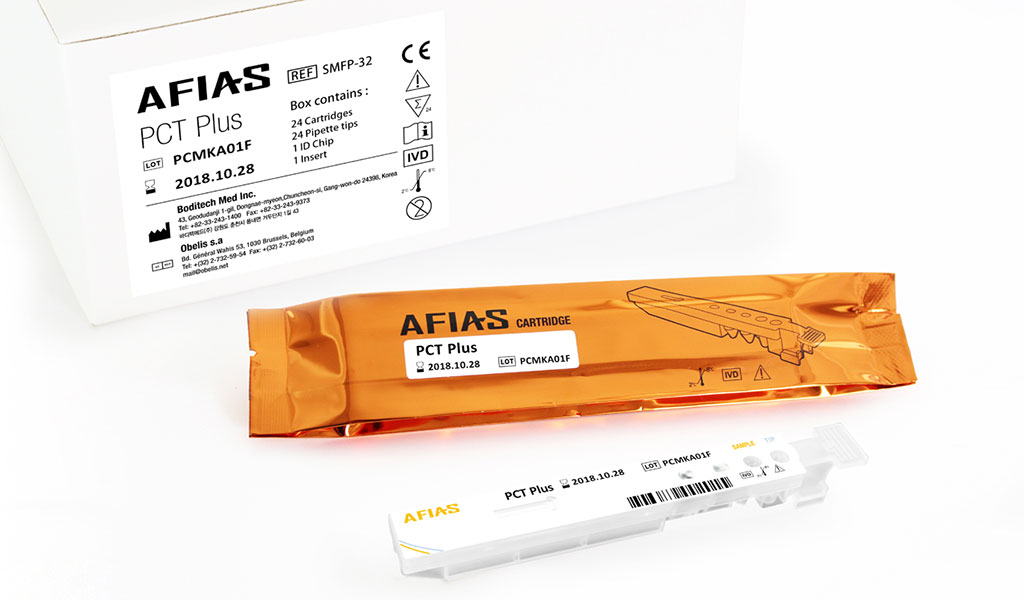
Improving Iron Nutrition
There are three factors to take into consideration when looking to improve your iron nutrition:
- The quantity of iron
- The quality of iron
- Composition of your diet
There are two types of iron; haem and non-haem. Haem iron is found in animal products like meat, fish and poultry. Non-haem iron is found in foods such as green leafy vegetables, cereals and legumes.
In a diet which includes meat, at least 40% of the total iron absorbed by the body comes from haem iron sources, due to it being absorbed better by the body than non-haem iron. Red meats contain more haem iron than white meats such as chicken and pork and this should be taken into consideration when trying to improve your iron status.
Individuals who only eat non-haem sources of iron should make sure they are getting an adequate intake. There are certain dietary components which can enhance iron absorption, too, such as vitamin C.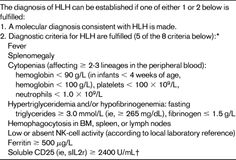
Because dietary iron can be poorly absorbed the body has a clever way of conserving its iron stores. When our red blood cells are broken down, the body reabsorbs the iron released from them to boost iron stores. The usual 1-2 milligram daily loss of iron is usually replenished by the absorption from dietary sources in the small intestine.
Summary
Ferritin is a blood protein which stores iron and is a good indicator of how much iron is present in the body. The amount of ferritin present in the blood reflects the total amount of iron available to the body for future use. Ferritin releases iron as it is required by the body for many functions including the production of new red blood cells. Symptoms of low ferritin levels include fatigue, weakness, dizziness, shortness of breath and headaches. Whereas, symptoms of high levels of ferritin include fatigue, abdominal pain, unexplained weight loss, joint pain and weakness.
If there are no underlying health conditions causing low ferritin levels, then improving your diet can help improve iron levels and absorption of iron by the body.
Back To Blog >>
Ferritin test | Health Navigator NZ
The ferritin test is a blood test used to check the levels of iron stored in your body.
Key points
- The amount of ferritin in your blood helps your doctor understand how much iron your body is storing.
- Low ferritin levels often mean that your iron levels are low (iron deficiency) and high ferritin levels can mean a buildup of iron in your body.
- To perform a ferritin test, a blood sample is drawn from a vein in your arm and collected in a tube. This tube is sent to the laboratory for analysis.
What is ferritin?
- Ferritin is a protein in the body that binds to iron.
- Most of the iron stored in your body is bound to ferritin.
- The amount of ferritin in the blood helps your doctor understand how much iron your body is storing.
When is a ferritin test done?
A ferritin test is ordered when your doctor suspects that you have low iron stores (iron deficiency or iron deficiency anaemia when very low) or suspects you may have too much iron (iron overload or haemochromatosis). It can also be ordered to check if treatment to raise or lower your iron levels are working.
It can also be ordered to check if treatment to raise or lower your iron levels are working.
The ferritin test is often ordered along with other blood tests such as a full blood count (FBC).
How to prepare for the test
You do not need to do anything before having this test.
How is the sample collected for testing?
A blood sample is taken by a needle placed in a vein in your arm. An elastic band is wrapped around your upper arm. It may feel tight for a few seconds. You may feel nothing at all from the needle, or you may feel a small brief sting or pinch. The blood sample is collected in a tube, which is sent to the laboratory for analysis.
What do my ferritin test results mean?
Interpreting blood test results is not always easy and is best done in consultation with your healthcare team. They will know what is normal for you and what these results mean given your health profile.
Low ferritin levels
Low ferritin levels often mean that your iron levels are low (iron deficiency).
High ferritin levels
High ferritin levels can mean a buildup of iron in the body (haemochromatosis). This condition may be passed on in families (called genetic haemochromatosis) or it may be acquired haemochromatosis caused by:
- diseases such as alcoholism, thalassemia and some types of anaemia that cause red blood cells to be destroyed
- multiple blood transfusions, which can sometimes cause your body to store too much iron
- Hodgkin’s disease, leukaemia, infection, inflammatory conditions (such as arthritis or lupus)
- a diet that is too high in iron.
Learn more
The following links provide more information on the ferritin and full blood count test. Be aware that websites from other countries may contain information that differs from New Zealand recommendations.
Blood test safety information Labtests NZ
Lab tests Online Australasian Association of Clinical Biochemists
90,000 Ferritin, get tested for ferritin in the blood
Method of determination
Linked immunosorbent assay.
Study material
Blood serum
Home visit available
Online check-in
Ferritin is a protein complex that plays the role of the main intracellular iron depot.The test is used in the differential diagnosis of anemia, the assessment of conditions associated with iron deficiency or overload.
Synonyms: Blood test for ferritin; Deposited iron; Iron reserves indicator. Serum ferritin.
Brief characteristics of the analyte Ferritin
Ferritin is the main form of intracellular iron deposition in the body. Ferritin consists of a protein shell (apoferritin) that surrounds the inner core, which contains iron hydroxide. Up to 4000 iron atoms can be present in one molecule of this protein. Ferritin is found in almost all cells in the body and stores iron in a form that is protected from body fluids and therefore cannot cause oxidative damage. Ferritin of hepatocytes and macrophages provides a reserve of iron available for the synthesis of hemoglobin and other heme proteins. A small amount of ferritin is present in the blood serum, in proportion to the total iron stores in the body. The study of the level of ferritin in the blood serum is used for the diagnosis and monitoring of iron deficiency or excess, differential diagnosis of anemia, tracking the development of tumor processes.
Up to 4000 iron atoms can be present in one molecule of this protein. Ferritin is found in almost all cells in the body and stores iron in a form that is protected from body fluids and therefore cannot cause oxidative damage. Ferritin of hepatocytes and macrophages provides a reserve of iron available for the synthesis of hemoglobin and other heme proteins. A small amount of ferritin is present in the blood serum, in proportion to the total iron stores in the body. The study of the level of ferritin in the blood serum is used for the diagnosis and monitoring of iron deficiency or excess, differential diagnosis of anemia, tracking the development of tumor processes.
Under what conditions does the level of Ferritin change
Serum ferritin levels correlate with total body protein levels. Serum ferritin concentration is a highly sensitive indicator of iron deficiency, which is not complicated by other concomitant diseases. With the development of iron deficiency, the level of plasma ferritin decreases long before changes in the concentration of hemoglobin in the blood, the size of red blood cells or the concentration of iron in serum are observed.
Determination of ferritin concentration is important for differential diagnosis of anemia of chronic diseases (anemia accompanying chronic infectious, rheumatic and tumor diseases). One of the main mechanisms of anemia of chronic diseases is the redistribution of iron in the cells of the macrophage system, which is activated during inflammatory (infectious and non-infectious) or tumor processes, which entails a decrease in the level of serum iron. In this case, iron accumulates in the form of ferritin, but its transfer from ferritin to transferrin is disturbed.Under these conditions, the erroneous diagnosis of iron deficiency anemia and the appointment of iron preparations (parenteral) can lead to the development of secondary hemosiderosis and aggravation of the disease. Differentiation of true iron deficiency anemia and anemia of chronic conditions is possible only if the level of serum ferritin is determined (see test No. 48). In the case of iron deficiency anemia, there is a decrease in the level of both serum iron and ferritin; in anemia of chronic diseases, a decrease in serum iron is combined with an increased level of ferritin.
In conditions of acute inflammation, an increased level of serum ferritin may not only reflect the amount of iron in the body, but also be a manifestation of an acute phase response, since ferritin is one of the acute phase proteins. However, if the patient does have iron deficiency, the acute phase increase in ferritin is not significant. In oncopathology, especially tumor and metastatic lesions of the bone marrow, ferritin serves as a kind of tumor marker.Ferritin levels can be elevated with liver disease.
For what purpose is a blood test for Ferritin level
Ferritin testing is used to assess iron stores in the body if iron deficiency or excess is suspected. The test is used to determine the type of anemia: differentiation between iron deficiency anemia and anemia of chronic diseases. See also tests: # 48, # 49, # 50, # 1595STFR.
What can affect the result of a blood test for Ferritin
During pregnancy, ferritin levels can decrease gradually – by 50% by the 20th week, by 70% in the 3rd trimester of pregnancy.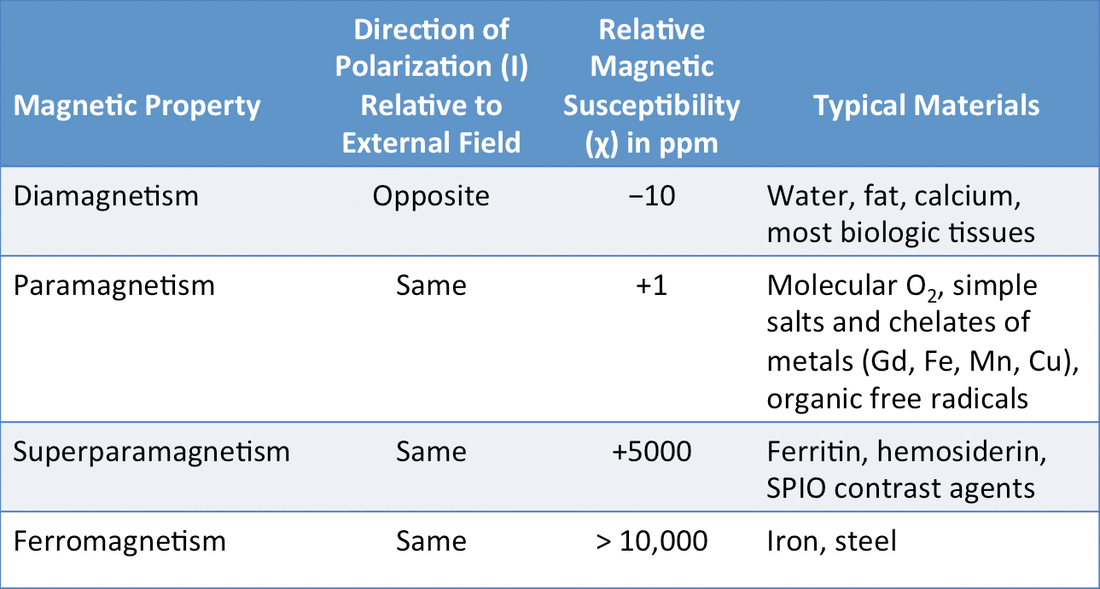
Excessive iron intake after transfusion or hemodialysis leads to a temporary significant increase in serum ferritin levels.
Literature
90,000 Ferritin, get tested for ferritin in the blood
Method of determination
Linked immunosorbent assay.
Study material
Blood serum
The most informative indicator of iron stores in the body, the main form of deposited iron.
It is a spherical protein – apoferritin, in the core of which there is a complex of iron hydroxide and phosphate. One ferritin molecule can contain up to 4000 iron molecules. Ferritin is synthesized in the cells of the organs of the RES (reticuloendothelial system). Found in all body cells and body fluids. The richest in them are the precursors of erythrocytes in the bone marrow, macrophages and reticuloendothelial cells of the liver; also found in the intestinal mucosa and plasma.
The inclusion of iron in its composition requires the oxidation of Fe 2+ to Fe3 +. Under the physiological conditions of iron metabolism, ferritin plays an important role in maintaining iron in a soluble, non-toxic and biologically beneficial form. As a result of the polymerization of soluble ferritin, insoluble hemosiderin is formed. Serum ferritin contains 20-25% iron; its concentration is a good indicator of iron stores in healthy people and in uncomplicated iron deficiency states.
Under the physiological conditions of iron metabolism, ferritin plays an important role in maintaining iron in a soluble, non-toxic and biologically beneficial form. As a result of the polymerization of soluble ferritin, insoluble hemosiderin is formed. Serum ferritin contains 20-25% iron; its concentration is a good indicator of iron stores in healthy people and in uncomplicated iron deficiency states.
During pregnancy, ferritin levels may decrease gradually, by 50% by the 20th week, by 70% in the third trimester of pregnancy.In conditions of acute inflammation, an increased level of serum ferritin may not only reflect the amount of iron in the body, but be a manifestation of an acute phase response, since ferritin is one of the acute phase proteins. However, if the patient does have iron deficiency, the acute phase increase in transferrin is not significant. In conditions with an excess of iron and some chronic diseases, serum ferritin does not allow correctly assessing the reserves of iron available for metabolism.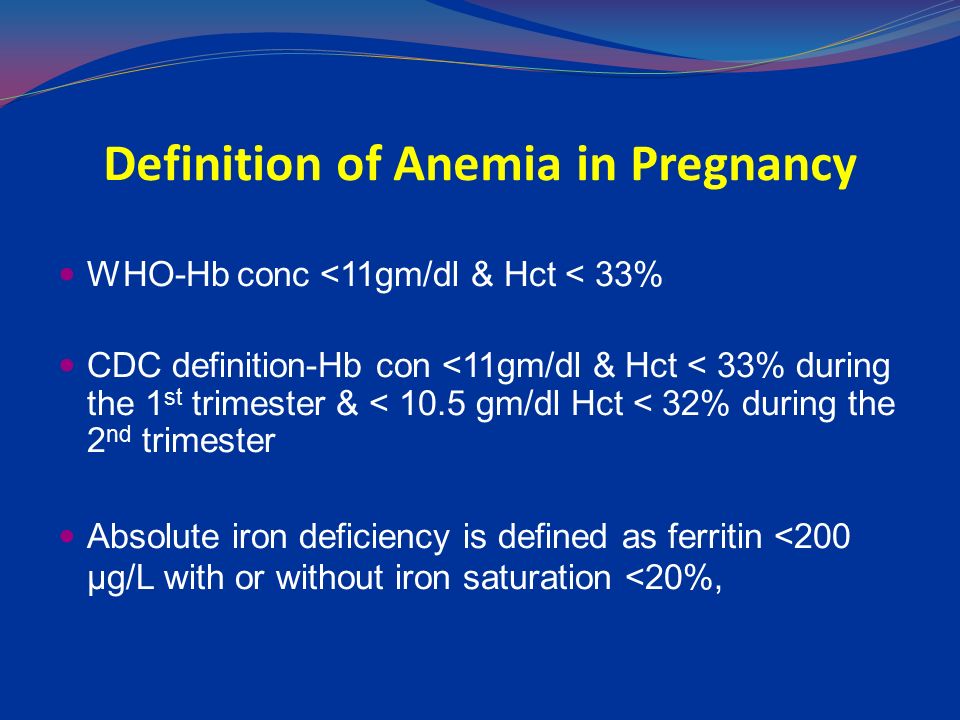
In addition to being used as an indicator of iron stores in the body, the determination of the concentration of ferritin is important for the differential diagnosis of iron deficiency anemia and anemia of chronic diseases (anemia accompanying infectious, rheumatic and tumor diseases). One of the main mechanisms of anemia of chronic diseases is the redistribution of iron into the cells of the macrophage system, which is activated during inflammatory (infectious and non-infectious) or tumor processes.Iron accumulates in macrophages in the form of ferritin, its transfer from ferritin to transferrin is disrupted, which entails a decrease in serum iron levels. In these conditions, the erroneous diagnosis of iron deficiency anemia and the appointment of iron preparations (parenteral) can lead to the development of secondary hemosiderosis and aggravation of the patient’s situation.
Differential diagnosis of true and redistributive iron deficiency is possible only if the level of serum ferritin is determined. In oncopathology, especially tumor and metastatic lesions of the bone marrow, ferritin serves as a kind of tumor marker. Excessive iron intake after transfusion or hemodialysis leads to a temporary significant increase in serum ferritin levels.
In oncopathology, especially tumor and metastatic lesions of the bone marrow, ferritin serves as a kind of tumor marker. Excessive iron intake after transfusion or hemodialysis leads to a temporary significant increase in serum ferritin levels.
Limits of determination: 1 μg / L-202000 μg / L
References
90,000 Pass an iron test in blood serum
Method of determination
Colorimetry with ferrozine.
Study material
Blood serum
Home visit available
Determination of the concentration of iron in the blood serum in combination with other tests (see proteins involved in iron metabolism) is used in the diagnosis of iron deficiency anemia and control of the use of iron preparations.
Synonyms: Blood test for iron; Serum iron.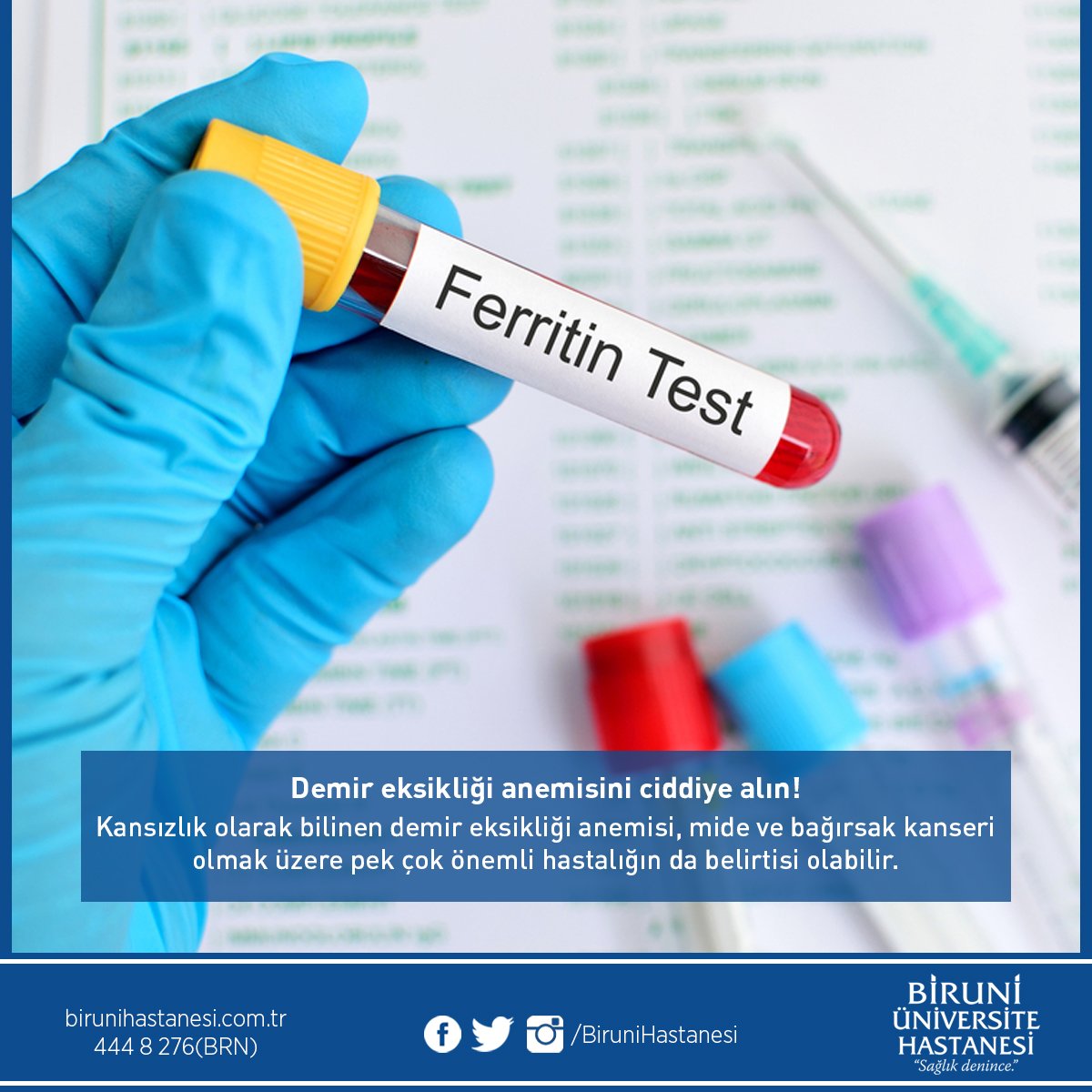 Serum Iron; Serum Fe; Iron; Fe.
Serum Iron; Serum Fe; Iron; Fe.
Brief characteristics of the analyte Serum iron
Iron is a vital trace element involved in the process of binding, transport and transfer of oxygen in tissues and in the processes of tissue respiration.
The main amount of iron is a part of erythrocyte hemoglobin and muscle myoglobin. In much lower concentrations, iron is present in the blood plasma and in most other cells of the body – in the composition of cytochromes and some enzymes.Iron enters the body through food (meat, fish, vegetables and fruits). Its absorption in the intestine increases with a deficiency and is blocked with an excess of iron in the body. In blood serum, this element is in a complex with the transport protein transferrin.
With a lack of iron in the body, serum iron is quickly used, with an excess of it, transferrin is completely saturated with iron. The main form of long-term storage of this element in the body is its complex with the protein ferritin, which is found mainly in the cells of the liver, bone marrow, spleen, and reticulocytes. Ferritin of hepatocytes and macrophage system of the spleen, bone marrow and other tissues serves as an iron reserve for the synthesis of hemoglobin and other iron-containing proteins.
Ferritin of hepatocytes and macrophage system of the spleen, bone marrow and other tissues serves as an iron reserve for the synthesis of hemoglobin and other iron-containing proteins.
For what purpose is the concentration of iron in the blood serum determined?
Determination of the level of iron in the blood serum is used in the diagnosis of iron deficiency anemia, to assess the body’s iron stores and to control the use of iron preparations.
What factors influence the level of iron in blood serum
Serum iron levels change significantly during the day, reaching a maximum in the morning.The value of the indicator depends on gender and age. The average iron values in women are lower than in men, but in both those and others, the level of iron decreases with age. The concentration of iron in women is also associated with the menstrual cycle (the maximum content is in the luteal phase, the lowest is after menstruation). Lack of sleep and stress, intense physical activity also cause a decrease in iron levels.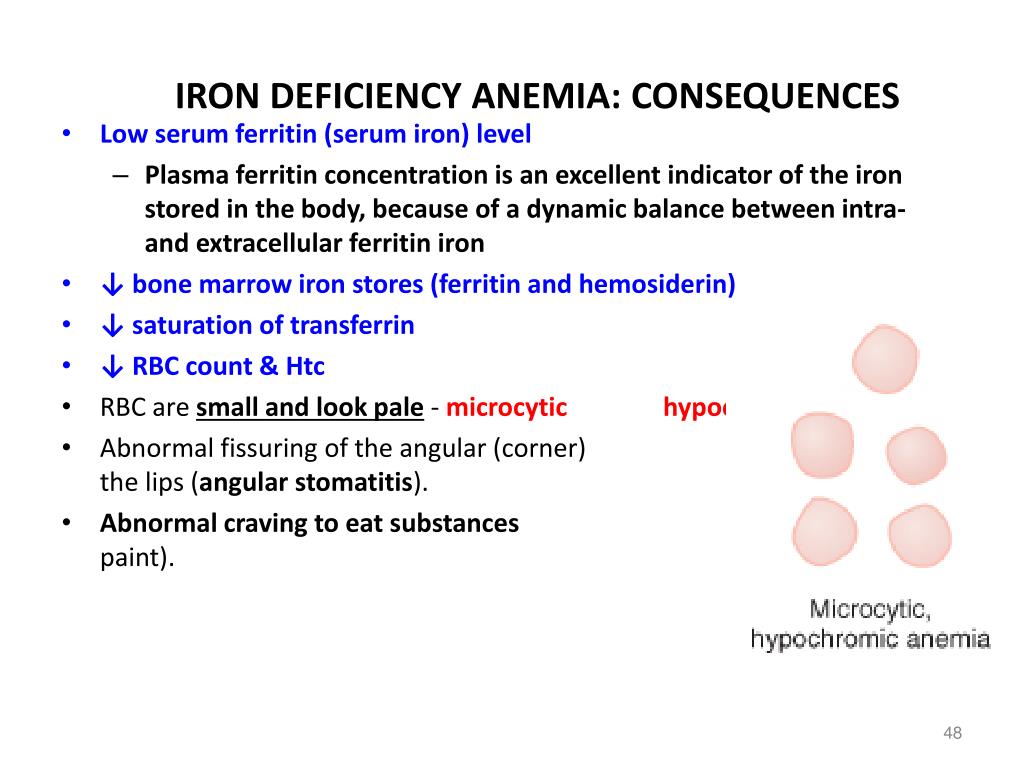 During pregnancy, the iron content in the body decreases, especially in its second half (an increase in the need for iron during this period is associated with the formation of an iron depot in the fetus).Hemolysis of red blood cells causes a false increase in iron concentration, serum iron levels rise temporarily, but usually return to baseline in less than 24 hours, for example, after blood transfusions. Iron deficiency is a disorder especially common in children, young women, and the elderly. In children, iron deficiency is usually associated with a lack of this element in the diet, the main cause of iron deficiency in adults is chronic blood loss. The study of serum iron is carried out, first of all, for differential diagnosis and choice of tactics for the treatment of anemia.If an in-depth study of iron metabolism is required, an extended set of tests is used: serum iron, transferrin with the calculation of% saturation of transferrin with iron (see test No. 50) (or determination of the iron-binding capacity of blood serum – see test No.
During pregnancy, the iron content in the body decreases, especially in its second half (an increase in the need for iron during this period is associated with the formation of an iron depot in the fetus).Hemolysis of red blood cells causes a false increase in iron concentration, serum iron levels rise temporarily, but usually return to baseline in less than 24 hours, for example, after blood transfusions. Iron deficiency is a disorder especially common in children, young women, and the elderly. In children, iron deficiency is usually associated with a lack of this element in the diet, the main cause of iron deficiency in adults is chronic blood loss. The study of serum iron is carried out, first of all, for differential diagnosis and choice of tactics for the treatment of anemia.If an in-depth study of iron metabolism is required, an extended set of tests is used: serum iron, transferrin with the calculation of% saturation of transferrin with iron (see test No. 50) (or determination of the iron-binding capacity of blood serum – see test No.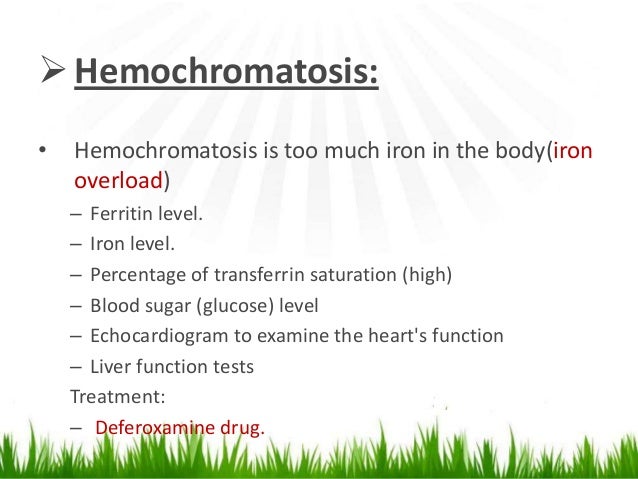 49) and ferritin (see test No. 51). Iron deficiency anemia is characterized by low levels of iron and ferritin and increased levels of transferrin and latent iron-binding capacity. In chronic anemia, decreased iron levels are combined with increased ferritin levels.In such cases, the appointment of iron preparations is impractical and even dangerous. Serum iron levels can be increased in hemolytic anemias, B12 and folate deficiency anemias. Determination of iron (as well as transferrin and ferritin) is used to diagnose conditions associated with an excess of iron in the body that causes tissue damage.
49) and ferritin (see test No. 51). Iron deficiency anemia is characterized by low levels of iron and ferritin and increased levels of transferrin and latent iron-binding capacity. In chronic anemia, decreased iron levels are combined with increased ferritin levels.In such cases, the appointment of iron preparations is impractical and even dangerous. Serum iron levels can be increased in hemolytic anemias, B12 and folate deficiency anemias. Determination of iron (as well as transferrin and ferritin) is used to diagnose conditions associated with an excess of iron in the body that causes tissue damage.
Literature
- Alan GB Tietz’s clinical guide for laboratory tests // M .: Laboratories. – 2013. – T.1280.
- Dolgov V.V., Menshikov V.V. Clinical laboratory diagnostics. National leadership // M .: GEOTAR-Media. – 2016 .– S. 688.
- Ivashkin VT, Lapina TL Gastroenterology: national leadership. – GEOTAR-Media, 2013.
- Clinical guidelines.
 Iron deficiency anemia (IDA). – 2020 .– P. 35.
Iron deficiency anemia (IDA). – 2020 .– P. 35. - Lukina E.A. and other National clinical guidelines. Iron overload: diagnosis and treatment.- 2018 .– P. 14.
- Nabieva MA Diagnostics and treatment of iron overload // Chief physician. – 2018. – No. 9. – S. 46-51.
- Rukavitsyn O. A. Hematology: national leadership. Ed. Rukavitsyna O.A. // M .: GEOTAR-Media. – 2019 .– P. 784.
- Burtis C. A., Ashwood E. R., Bruns D. E. Tietz textbook of clinical chemistry and molecular diagnostics-e-book. – Elsevier Health Sciences, 2012.
- Materials of the manufacturer of reagents.
Get tested for Transferrin (Siderophilin)
Method of determination
Immunoturbidimetric.
Study material
Blood serum
Home visit available
Online check-in
Synonyms : Iron carrier; Siderophilin.
Siderophilin, Transferrin; Tf.
Brief characteristics of the analyte Transferrin
Plasma protein, glycoprotein – the main carrier of iron. Transferrin synthesis is carried out in the liver and depends on the functional state of the liver, on the need for iron and iron reserves in the body. With a decrease in the concentration of iron, the synthesis of transferrrin increases. Iron from food accumulates in the epithelial cells of the mucous membrane of the small intestine.Transferrin is involved in the transport of iron from the place of its absorption (small intestine) to the place of its use or storage (bone marrow, liver, spleen). When red blood cells are destroyed in the spleen, liver and bone marrow, the iron released from the heme is transported by transferrin to the bone marrow; some of the iron is included in the composition of ferritin and hemosiderin.
What is the purpose of determining the level of Transferrin in the blood
The study of serum iron transferrin protein is used in the complex diagnosis of iron deficiency anemia and control of the use of iron preparations.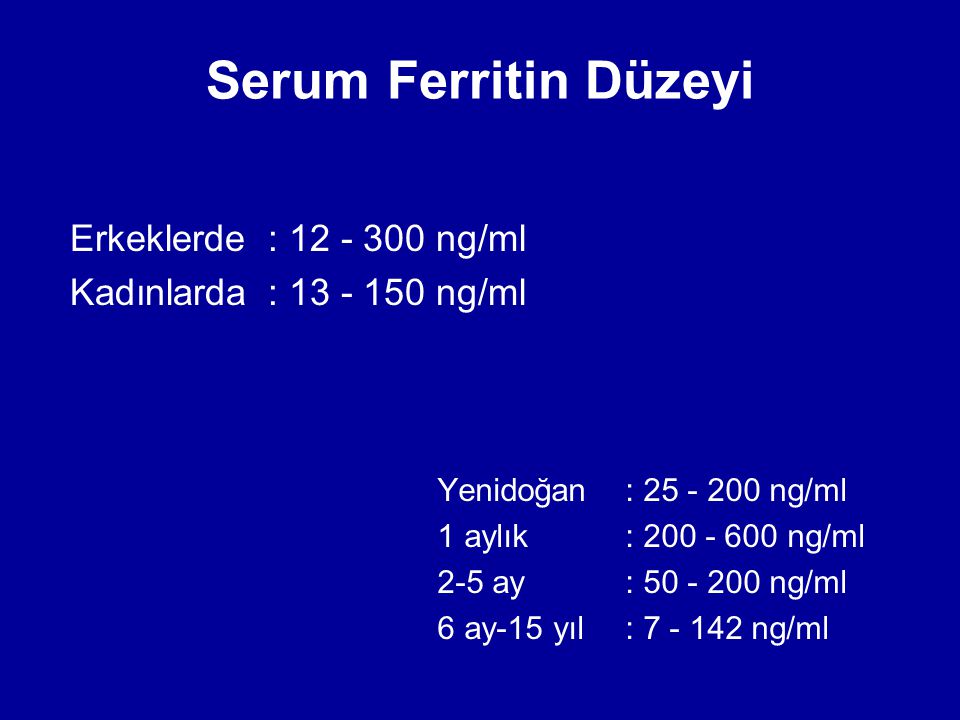
One transferrin molecule binds two iron atoms – the Fe3 + ion, and 1 g of transferrin, respectively, about 1.25 mg of iron. Knowing this ratio, it is possible to calculate the amount of iron that can bind serum transferrin, it approaches the value of the total iron-binding capacity of serum (TIBC). In diagnostics, a calculated value is also used -% saturation of transferrin with iron (the ratio of the concentration of serum iron to the maximum iron-binding capacity of transferrin, expressed as a percentage).The normal percentage of transferrin saturation with iron is about 30%. A decrease in the percentage of transferrin saturation with iron (a consequence of a decrease in iron concentration and an increase in transferrin concentration) indicates anemia due to a lack of iron intake.
With a significant increase in the% saturation of transferrin with iron, low molecular weight iron appears in plasma, which can be deposited in the liver and pancreas, causing their damage. Evaluation of transferrin content (and calculation of% iron saturation) can be made using immunometric determination of its concentration or indirectly, by the iron binding capacity of serum, measured by saturation of serum with excess iron.
Immunometric determination of transferrin is more accurate. Transferrin content in women is 10% higher than in men. In the third semester of pregnancy, the serum transferrin concentration may increase by 50%. The concentration of this protein decreases in the elderly. In inflammation, transferrin appears as a negative acute phase protein (its concentration decreases in an acute phase response to inflammation).
90,000 Ferritin, get tested for ferritin in the blood
Method of determination
Linked immunosorbent assay.
Study material
Blood serum
Ferritin is a protein complex that plays the role of the main intracellular iron depot. The test is used in the differential diagnosis of anemia, the assessment of conditions associated with iron deficiency or overload.
Synonyms: Blood test for ferritin; Deposited iron; Iron reserves indicator. Serum ferritin.
Brief characteristics of the analyte Ferritin
Ferritin is the main form of intracellular iron deposition in the body. Ferritin consists of a protein shell (apoferritin) that surrounds the inner core, which contains iron hydroxide. Up to 4000 iron atoms can be present in one molecule of this protein. Ferritin is found in almost all cells in the body and stores iron in a form that is protected from body fluids and therefore cannot cause oxidative damage.Ferritin of hepatocytes and macrophages provides a reserve of iron available for the synthesis of hemoglobin and other heme proteins. A small amount of ferritin is present in the blood serum, in proportion to the total iron stores in the body. The study of the level of ferritin in the blood serum is used for the diagnosis and monitoring of iron deficiency or excess, differential diagnosis of anemia, tracking the development of tumor processes.
Under what conditions does the level of Ferritin change
The level of serum ferritin correlates with the total content of this protein in the body.Serum ferritin concentration is a highly sensitive indicator of iron deficiency, which is not complicated by other concomitant diseases. With the development of iron deficiency, the level of plasma ferritin decreases long before changes in the concentration of hemoglobin in the blood, the size of red blood cells or the concentration of iron in serum are observed.
Determination of ferritin concentration is important for differential diagnosis of anemia of chronic diseases (anemia accompanying chronic infectious, rheumatic and tumor diseases).One of the main mechanisms of anemia of chronic diseases is the redistribution of iron in the cells of the macrophage system, which is activated during inflammatory (infectious and non-infectious) or tumor processes, which entails a decrease in the level of serum iron. In this case, iron accumulates in the form of ferritin, but its transfer from ferritin to transferrin is disturbed. Under these conditions, the erroneous diagnosis of iron deficiency anemia and the appointment of iron preparations (parenteral) can lead to the development of secondary hemosiderosis and aggravation of the disease.Differentiation of true iron deficiency anemia and anemia of chronic conditions is possible only if the level of serum ferritin is determined (see test No. 48). In the case of iron deficiency anemia, there is a decrease in the level of both serum iron and ferritin; in anemia of chronic diseases, a decrease in serum iron is combined with an increased level of ferritin.
In conditions of acute inflammation, an increased level of serum ferritin may not only reflect the amount of iron in the body, but also be a manifestation of an acute phase response, since ferritin is one of the acute phase proteins.However, if the patient does have iron deficiency, the acute phase increase in ferritin is not significant. In oncopathology, especially tumor and metastatic lesions of the bone marrow, ferritin serves as a kind of tumor marker. Ferritin levels can be elevated with liver disease.
For what purpose is a blood test for Ferritin level
Ferritin testing is used to assess iron stores in the body if iron deficiency or excess is suspected.The test is used to determine the type of anemia: differentiation between iron deficiency anemia and anemia of chronic diseases. See also tests: # 48, # 49, # 50, # 1595STFR.
What can affect the result of a blood test for Ferritin
During pregnancy, ferritin levels can decrease gradually – by 50% by the 20th week, by 70% in the 3rd trimester of pregnancy.
Excessive iron intake after transfusion or hemodialysis leads to a temporary significant increase in serum ferritin levels.
Literature
90,000 Tests for Ferritin, prices in the laboratory KDL
Ferritin is an iron-containing soluble protein, in the form of which iron is stored in the body. It is present in almost all organs and tissues. During polymerization, it can be converted in tissues into insoluble hemosiderin. A small amount of ferritin circulates in the blood. The level of ferritin in the blood is a reflection of the total amount of iron stored in the body.
In healthy people, most of the iron absorbed by the body goes to the production of hemoglobin. The rest is stored as ferritin and is also used to synthesize other proteins such as myoglobin and some enzymes. Ferritin and hemosiderin are found mainly in the liver, but also in the bone marrow, spleen, and skeletal muscle.
When the level of iron is insufficient to meet the needs of the body, the concentration of iron in the blood drops, its reserves are depleted, and the level of ferritin decreases.This can occur due to insufficient intake of iron in the body, impaired absorption or assimilation (celiac disease, malabsorption), as well as with an increased need for iron, for example, during pregnancy or in diseases that are characterized by chronic blood loss – stomach ulcer, colon cancer …
Iron deficiency can eventually lead to iron deficiency anemia and a decrease in hemoglobin. In the early stages of iron deficiency, it is usually asymptomatic, but as the disease progresses and the reserves of ferritin are depleted, characteristic symptoms appear – fatigue, weakness, dizziness, headaches, and pallor of the skin.
At the same time, an excess of iron is just as harmful as its lack. Consuming too much iron over time can lead to a gradual build-up of iron compounds in organs and cause them to dysfunction and malfunction. One of the causes of iron overload is hemochromatosis, a rare genetic disorder in which more iron is absorbed than the body needs. Frequent blood transfusions and overuse of iron supplements and supplements can be other causes.
In what cases is the study usually prescribed?
The ferritin test is used to assess iron stores in the human body. This can be useful when:
- diagnostics of iron deficiency anemia;
- differential diagnosis of anemia;
90,085 follow-up of patients undergoing treatment for anemia;
90,085 symptoms of hemochromatosis or suspected iron overload.
What exactly is determined in the analysis process?
The patient’s serum ferritin concentration is measured using immunoturbidimetry.
What do the test results mean?
Ferritin blood test results are usually evaluated in conjunction with other indicators of iron metabolism.
A decrease in the level of ferritin indicates an iron deficiency, including latent, or an increased consumption of iron by the body, for example, during pregnancy.
A high level of transferrin, on the contrary, signals an excess of the norms of iron intake, or it may be a sign of hereditary hemochromatosis. Ferritin is an acute phase protein, therefore it can be increased in inflammatory, infectious and autoimmune processes.
Also, an increase in ferritin can be a consequence of hemolytic anemia (there is a massive destruction of red blood cells with the release of iron), serious liver diseases, hyperthyroidism and some oncological diseases (leukemia, Hodgkin’s disease, breast cancer).
Timing of the test.
Usually, the test result can be obtained the next day after taking blood.
How do I prepare for the analysis?
The general rules of preparation for taking blood from a vein should be followed.Detailed information can be found in the corresponding section of the article.
Ferritin (S-Fer) – SYNLAB Eesti
Ferritin is an iron depot protein. Consisting of the albuminous membrane (apoferritin) and the iron atom inside it, the iron molecule allows you to preserve iron in this biological form and at the same time protect cells from the toxic effects of ionized iron. Determined from the blood serum, ferritin comes from the cells of the bone marrow, spleen and liver, and also has a direct quantitative relationship with the main iron stores of the body located in these organs.
Readings:
- Diagnosis of iron deficiency anemia
- Differential diagnosis of anemia
- Assessment of body iron stores
- Control of ongoing treatment with iron preparations
- Monitoring groups at risk for the incidence of iron deficiency anemia (young children, pregnant women, the elderly, donors, patients on hemodialysis treatment)
- Ferritin as a tumor marker Assay method: Chemiluminescent method
Reference values:
| <8 days | 30 – 400 μg / L |
| 8 – 30 days | 30 – 230 μg / L |
| 1 – 6 months | 10 – 340 μg / L |
| 6 – 12 months | 10 – 80 μg / L |
| 1 – 16 L | 5 – 120 μg / L |
| > 16 L L | 10 – 150 μg / L |
| > 16 L M | 28 – 370 μg / L |
Interpretation of the result:
Determination of ferritin is considered the best test for diagnosing iron deficiency anemia, with a positive predictive result of 95%.Iron deficiency and the emptying of iron stores are the only known reasons for a drop in serum iron concentration so far. Therefore, the determination of ferritin can diagnose the resulting iron deficiency at an early stage and prevent the formation of iron deficiency anemia.
If the cause of the iron deficiency was not anemia, then the iron depot is full and the concentration of ferritin in the blood serum is normal. When interpreting the ferritin test result obtained, it is necessary to take into account other factors that could affect iron stores in the body.They are – natural daily fluctuations in the amount of iron, the menstrual cycle, pregnancy, oral hormonal combined contraceptives, iron preparations.
Low ferritin values:
- Iron deficiency
- Iron deficiency anemia:
- Chronic blood loss
- Insufficient iron content in food – a uniform diet based on cow’s milk, vegetarianism (for example, small children)
- Pregnancy
- Iron absorption disorders
- Acute blood loss – decrease in ferritin 1-2 weeks
Stages of iron deficiency and their laboratory studies
Ferritin is an acute stage protein, the concentration of which, regardless of the state of iron stores, can increase in inflammation, liver diseases, and tumors.This complicates the diagnosis of iron deficiency in patients with chronic disease – their amount of ferritin may be within the reference interval or be increased even with iron deficiency.
When interpreting ferritin test results, it is useful to keep the following points in mind:
- The traditional ferritin cut-off value (10-12 ng / mL) is not always optimal for detecting iron deficiency.
- In an anemic patient with inflammation, a high ferritin cut-off value of up to 70 ng / mL should be considered.It is also recommended to assess the saturation of blood serum with transferrin.
- Ferritin values up to 100 ng / mL usually rule out the possibility of iron deficiency anemia.
Diagnosis of iron deficiency anemia and anemia in chronic disease
High ferritin values:
- Infections, tumors, leukemias, lymphomas, sideroblastic anemia
- Damage to the liver parenchyma
- Idiopathic hemochromatosis
- Patients on hemodialysis
.

 Iron deficiency anemia (IDA). – 2020 .– P. 35.
Iron deficiency anemia (IDA). – 2020 .– P. 35.